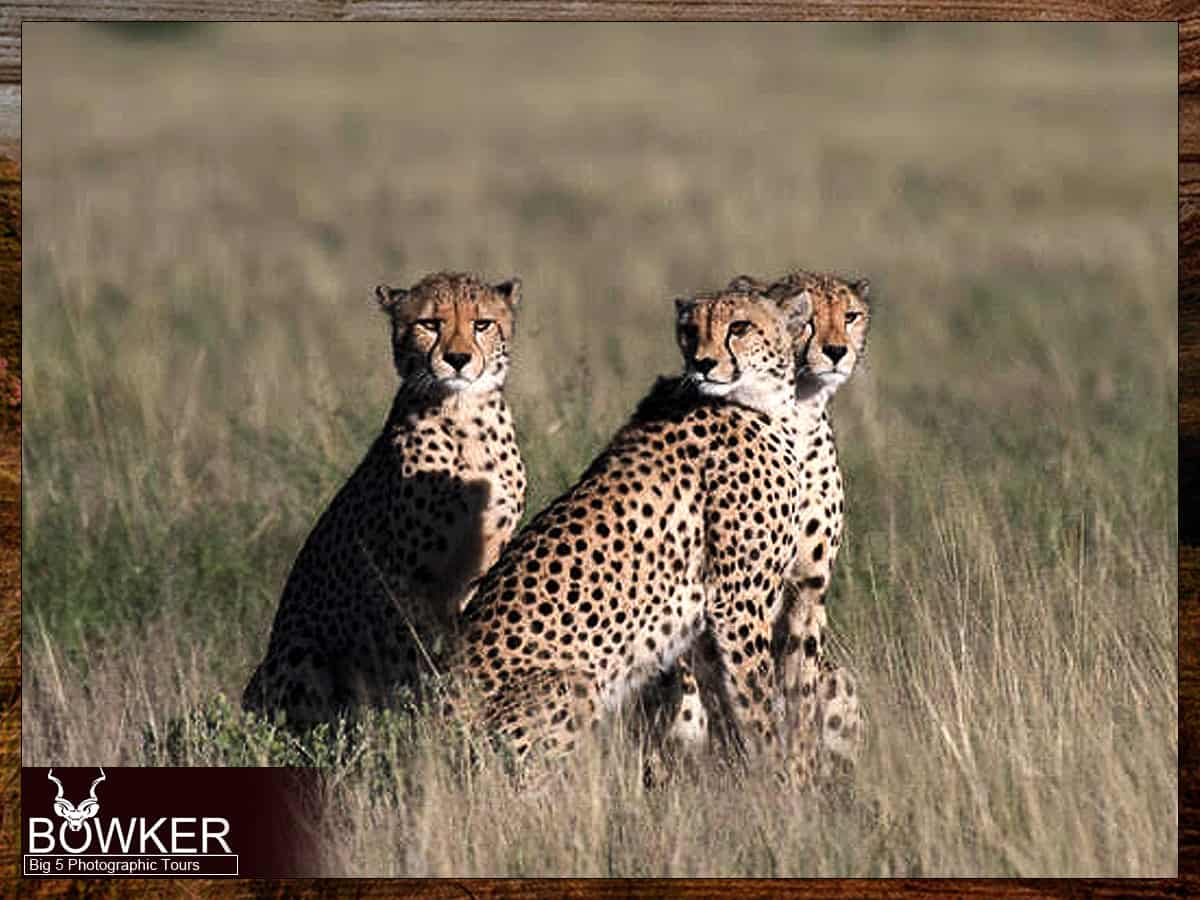Are you looking for a guided Safari adventure through the Mountain Zebra Park? We offer safari services to the Mountain Zebra National Park in the Eastern Cape.
Big 5 Mountain Zebra Photographic Safari Tour – Game viewing as never before. An opportunity to track the elusive Mountain Zebra National Park cheetahs on foot. You can drive out with your guide to search for them. When the signal from a collared cheetah is found, you can get closer on foot. An unforgettable experience that will bring you closer to nature than ever before.
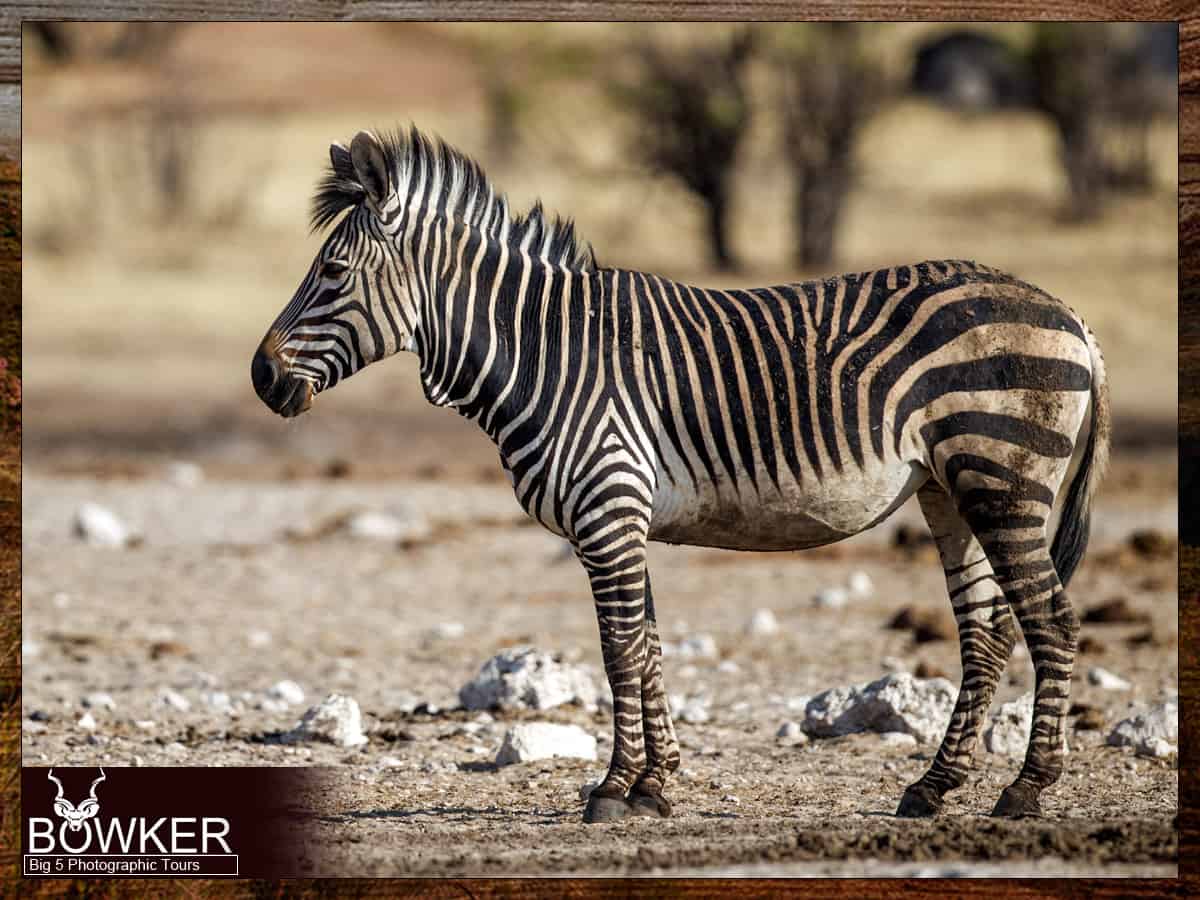
The Mountain Zebra Park does not have Elephants or leopards. Elephants are plentiful in the Addo Elephant Park and easily seen. While leopards do occur in Addo Park, they are shy and elusive and seldom seen.
Table of Contents
Introduction
Mountain Zebra National Park is a true nature lover’s paradise in the heart of the Eastern Cape’s beautiful landscape. This park has something for everyone. You can hike through rolling hills, marvel at the majestic mountains, or relax and enjoy the breathtaking views. Remember to watch for the park’s namesake – the rare and endangered Cape mountain zebra. When the day is done, settle in for a cozy evening in one of the park’s comfortable lodges, surrounded by the tranquil sounds of nature.
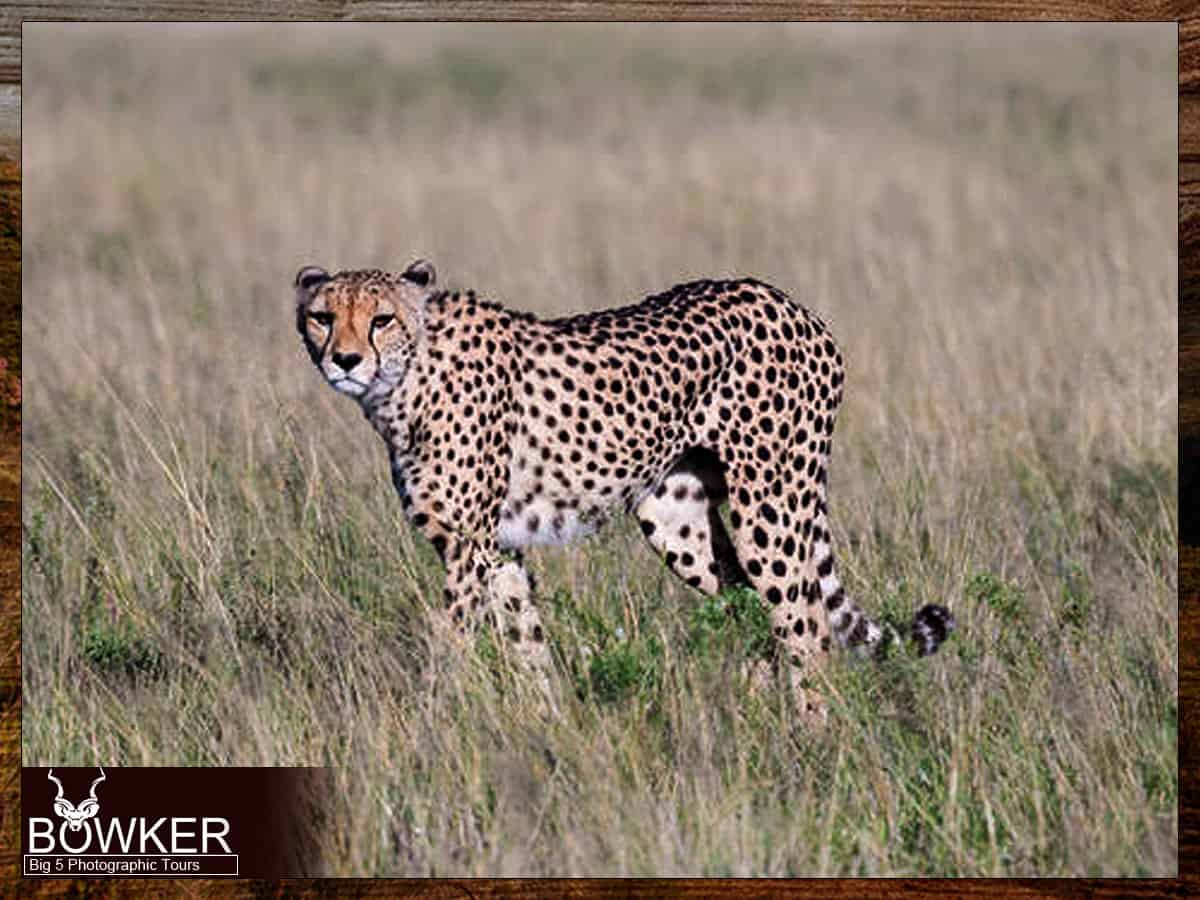
Overview of Your Big 5 Mountain Zebra Photographic Safari Tour
Mountain Zebra National Park covers approximately 28,400 hectares and is located in the Eastern Cape region of South Africa. This park is a haven for nature lovers and outdoor adventurers seeking to experience the beauty of South Africa’s wildlife and natural landscape. It offers an impressive array of diverse ecosystems, including mountainous terrain, rolling plains, and deep valleys, home to various animals and plants.
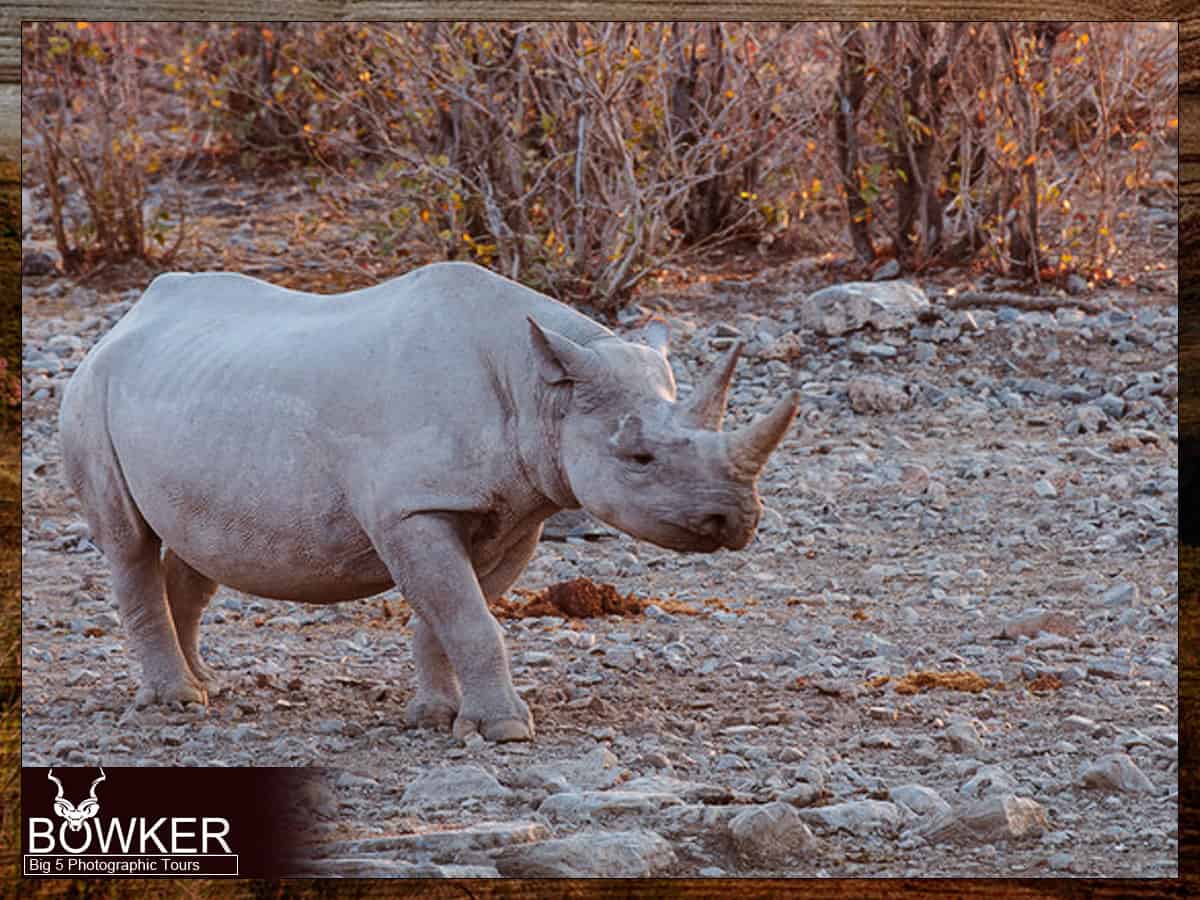
Mountain Zebra National Park was established in 1937 to protect the endangered Cape Mountain zebra, which was on the brink of extinction in the early 20th century. The park was one of the first with the specific purpose of conserving a single species. Over the years, it has significantly expanded. It is now not only focused on the conservation of the Cape Mountain zebra but also supports a variety of other wildlife.
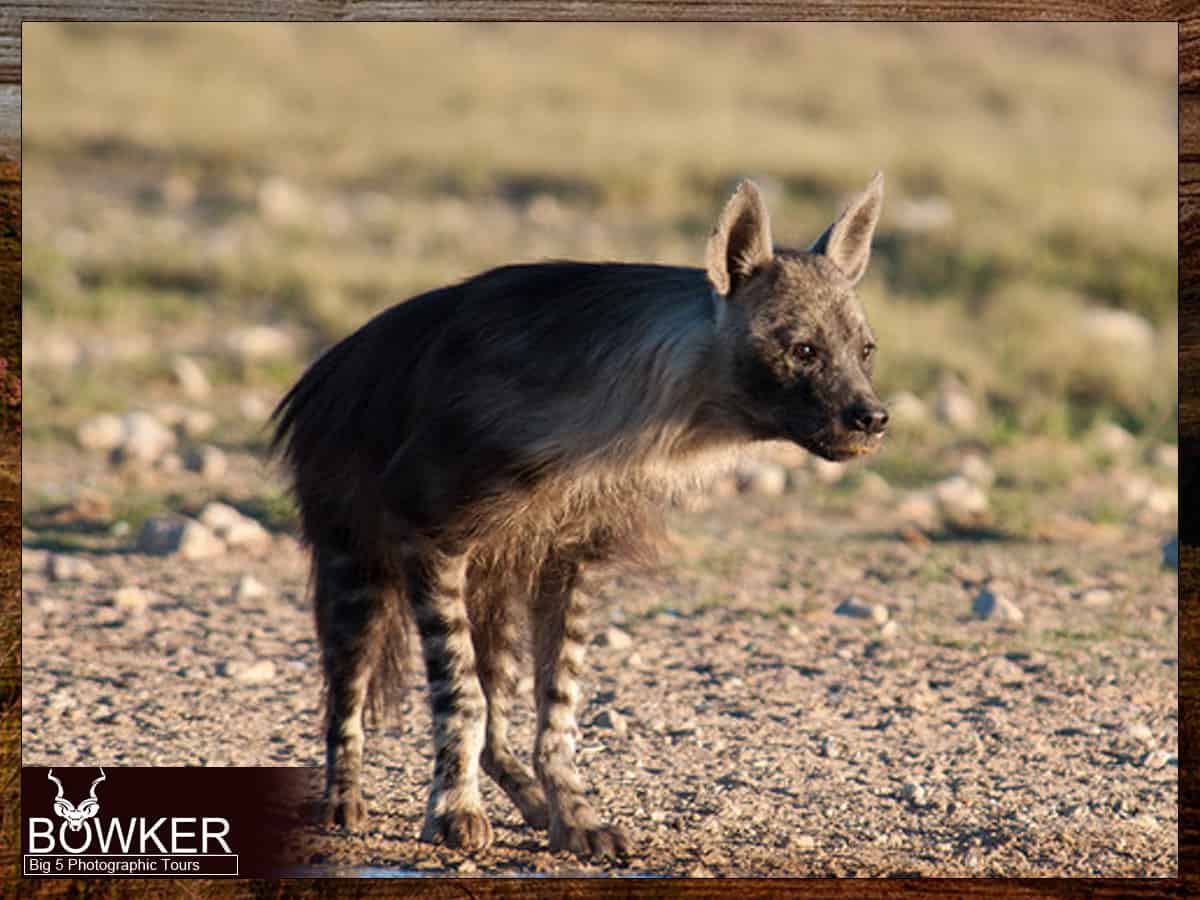
Mountain Zebra National Park offers visitors various activities and the chance to spot a wide variety of animals, including lions, cheetahs, and, of course, the park’s namesake, Cape Mountain zebra. The park’s unique biodiversity is a testament to the power of dedicated conservation efforts. It is a significant part of preserving South African ecosystems and the species that call them home.

Purpose of this article
In this guide, we’ll take you on a virtual tour of Mountain Zebra National Park and explore its rich history, diverse ecosystems, unique biodiversity, and the many activities and attractions that make it a true paradise for outdoor adventurers.
The park is named after the endangered Cape mountain zebra, which can be found roaming freely in the grasslands. In addition to the zebras, the park is home to over 700 species of plants, more than 200 bird species, and many other animals, such as cheetahs, black rhinos, and buffalo.
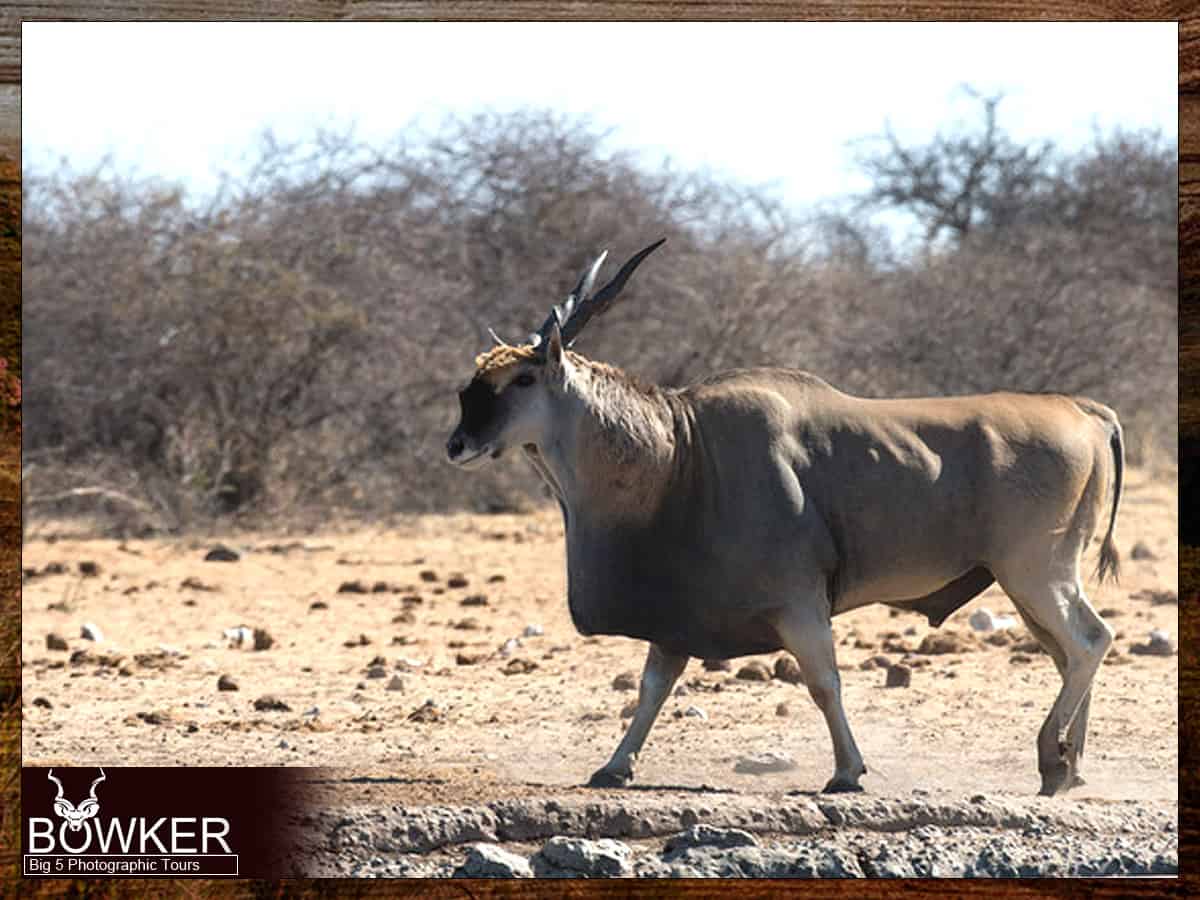
One of the most popular activities in the park is wildlife viewing, which can be done on guided game drives or self-drive tours. Visitors can also go on guided walks, hikes, and mountain biking trails to explore the park’s diverse landscapes and stunning vistas.
Several historical sites are available for those interested in learning about the park’s rich history, including the old stone cottages built by early settlers and the San rock art sites.
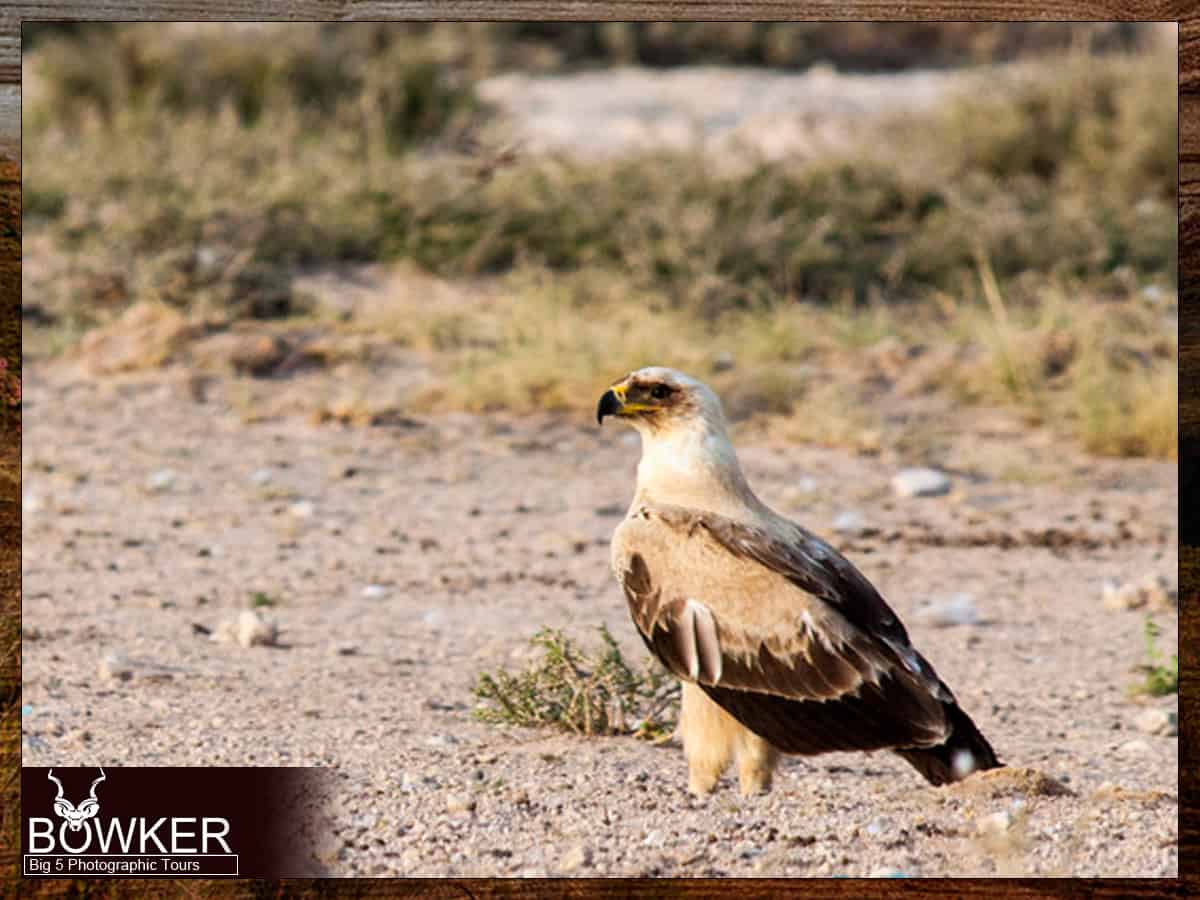
This guide will provide all the information you need to plan your visit and maximize your time in this stunning park. So, get ready to immerse yourself in the natural beauty of Mountain Zebra National Park!
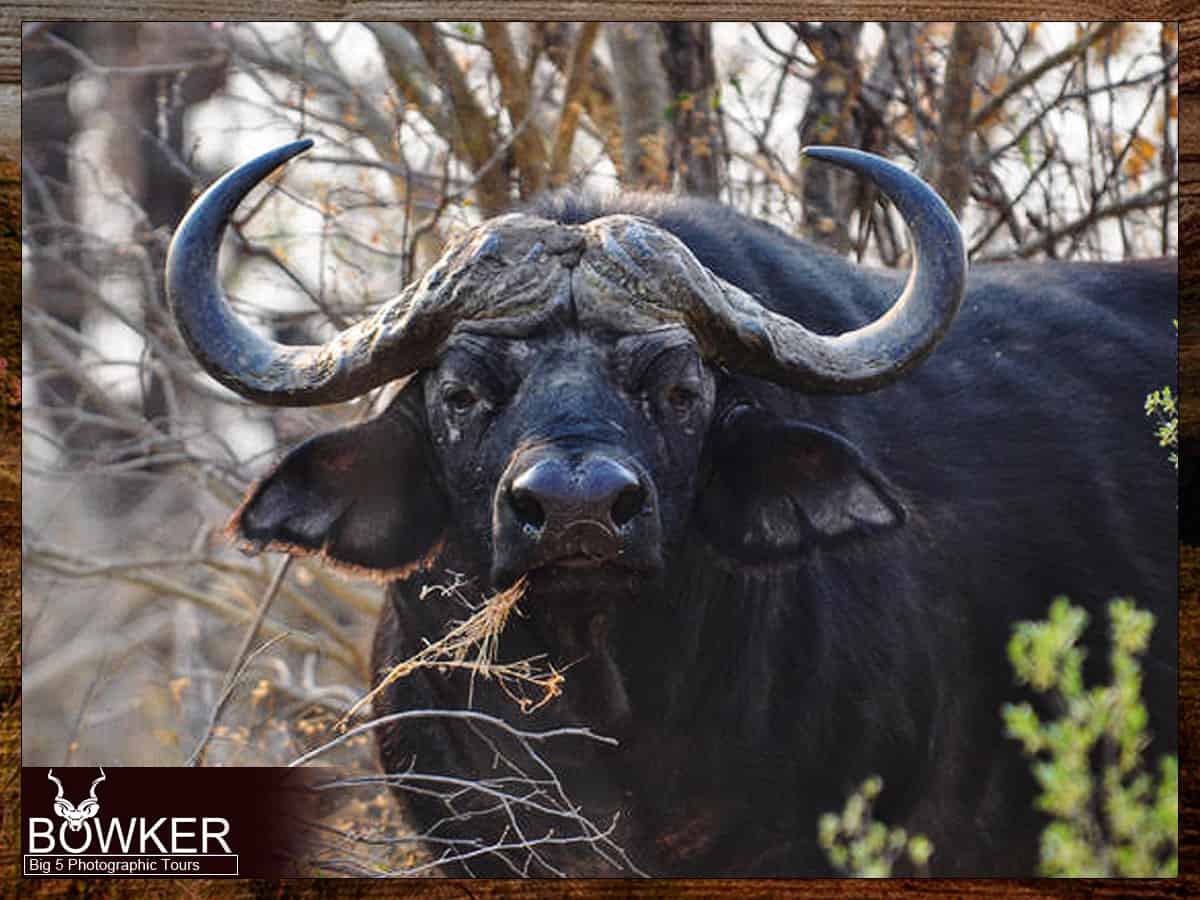
History of Mountain Zebra National Park
Origins and establishment
Mountain Zebra National Park has a rich history that dates back to the early 20th century. The park was founded in 1937 by the South African government to protect the endangered Cape Mountain zebra. The species was on the brink of extinction at the time due to hunting and habitat loss.
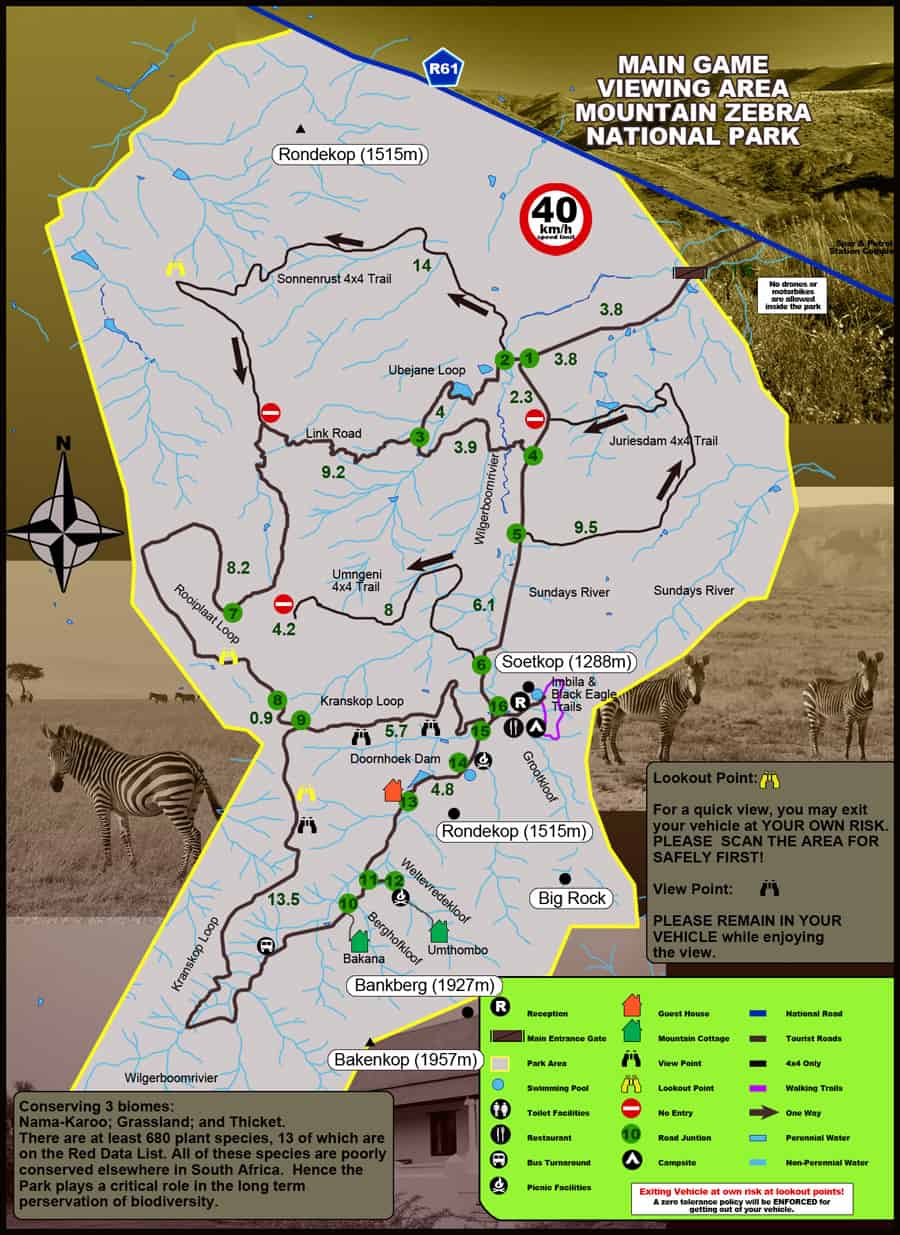
The park was one of the first to be established for conserving a single species. The initial park area was 6,536 hectares and was located near Cradock in the Eastern Cape Province of South Africa.
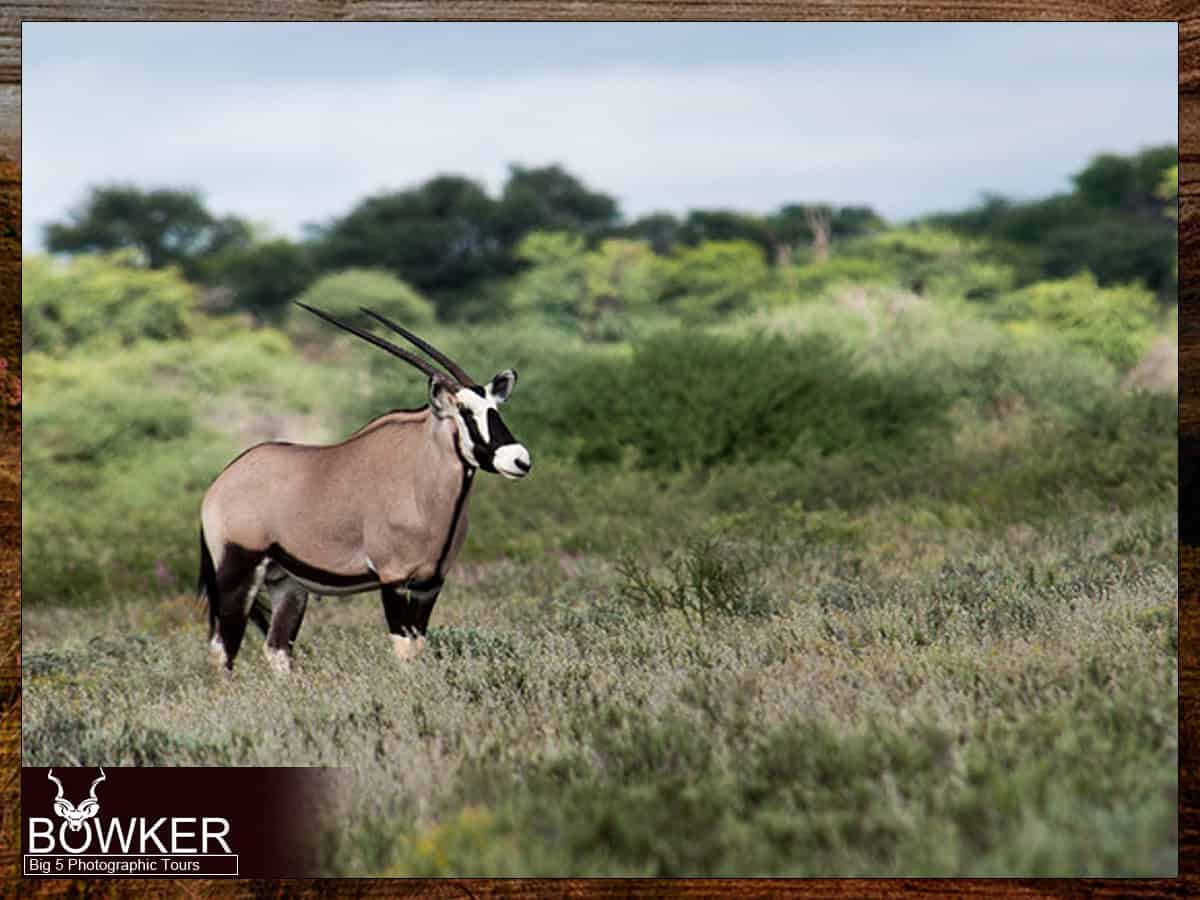
Over the years, the park has undergone significant expansion. In 1950, the park was expanded to 17,500 hectares; in 1957, it was further expanded to its current size of 28,400 hectares. The growth has allowed the park to focus on conserving the Cape Mountain zebra and supporting other wildlife.
In addition to the expansion, the park has undergone significant management changes. In 1958, it was declared a nature reserve, and in 1964, it was designated a national park. The park has also undergone significant infrastructure development, including the construction of visitor facilities, roads, and game-viewing tracks.

Today, the park plays a significant part in conserving the Cape Mountain zebra. The park has also become a popular tourist destination, allowing visitors to experience South Africa’s wildlife and natural beauty.
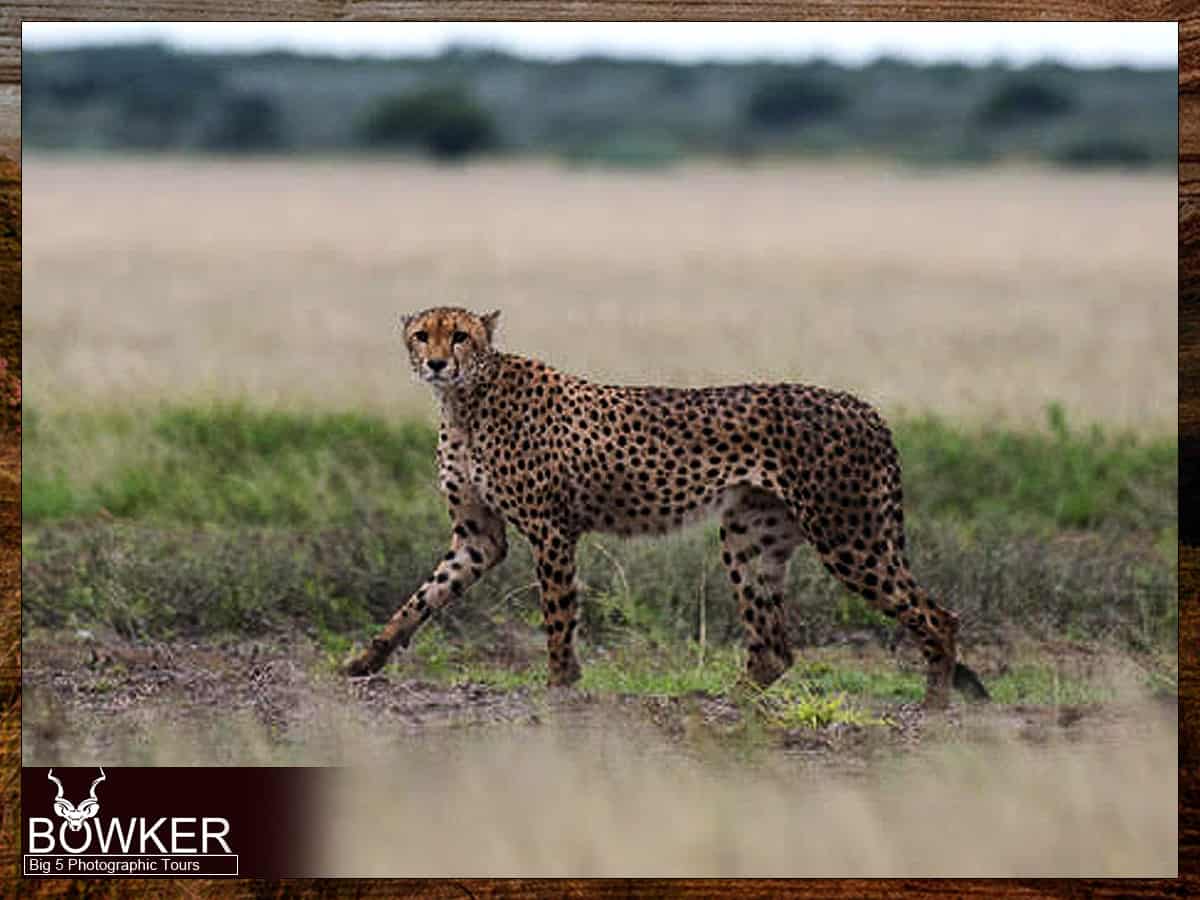
Growth and expansion
The park has undergone remarkable development and expansion over the years, with its original focus on the conservation of Cape Mountain zebra broadening to encompass diverse species and habitats. Through the concerted efforts of the park’s management and staff, it has become a beacon of successful conservation and environmental stewardship, serving as a model for others to follow. Its dedication to preserving the region’s natural heritage and promoting sustainable practices has earned it a reputation as a shining example of a well-managed conservation area.

Significance of the park
Mountain Zebra National Park is more than just a conservation success story; it’s a testament to the power of dedicated conservation efforts. The park’s significance extends beyond its boundaries, playing a vital role in preserving South African ecosystems and the species that call it home.
Mountain zebras are among the area’s most iconic inhabitants, and their numbers have steadily increased thanks to conservation efforts. The park’s unique landscapes provide critical habitats for many other species, including cheetahs, black rhinos, and various bird species.
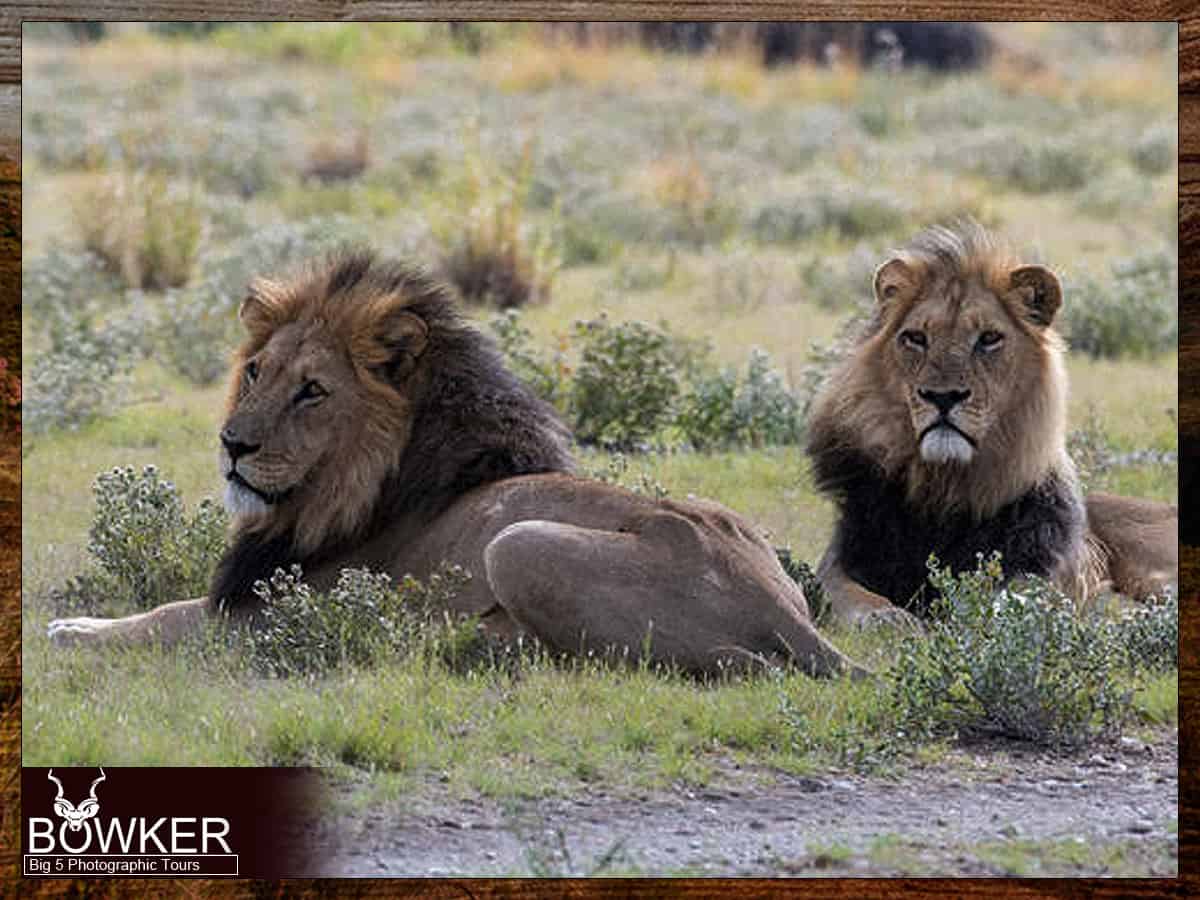
Location and Geography
Geographic location
Mountain Zebra National Park is located in the Eastern Cape of South Africa and is spread over 28,000 hectares. The park is within easy reach of major cities such as Port Elizabeth and Bloemfontein, making it a convenient destination for local and international travelers. The park’s location in the Eastern Cape means it is surrounded by diverse geographical features, including mountains, valleys, and plateaus, providing a stunning backdrop for visitors to enjoy. Additionally, the park is situated in a region known for its rich cultural heritage, and visitors can learn about the area’s history and traditions while exploring its diverse landscapes.
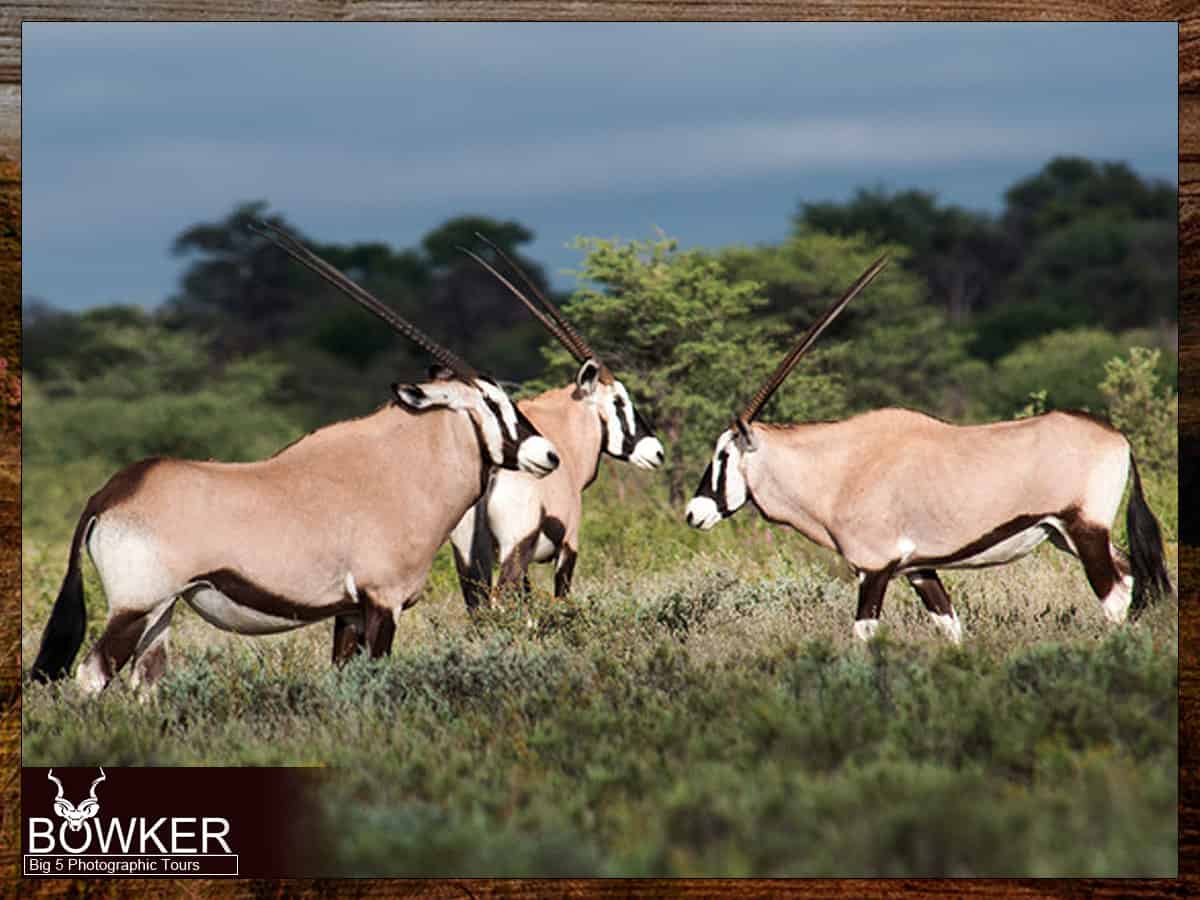
Topography and ecosystems
The park’s topography is truly remarkable, with its diverse landscape. The park is in a region characterized by high plateaus and deep valleys. Visitors to the park are treated to breathtaking views of the surrounding mountains and valleys, and the park’s beauty is further enhanced by its rich and varied ecosystems.
One of the park’s most remarkable features is how its various ecosystems blend seamlessly into one another. The park is home to a wide range of plant and animal species that are uniquely adapted to its microclimates. Visitors can explore a myriad of different habitats.
The diverse ecosystems provide a haven for a wide variety of wildlife. Visitors to the park can expect to see everything from majestic lions and graceful cheetahs to Cape Mountain zebras and a host of other fascinating creatures. The park is also home to several bird species endemic to the region.
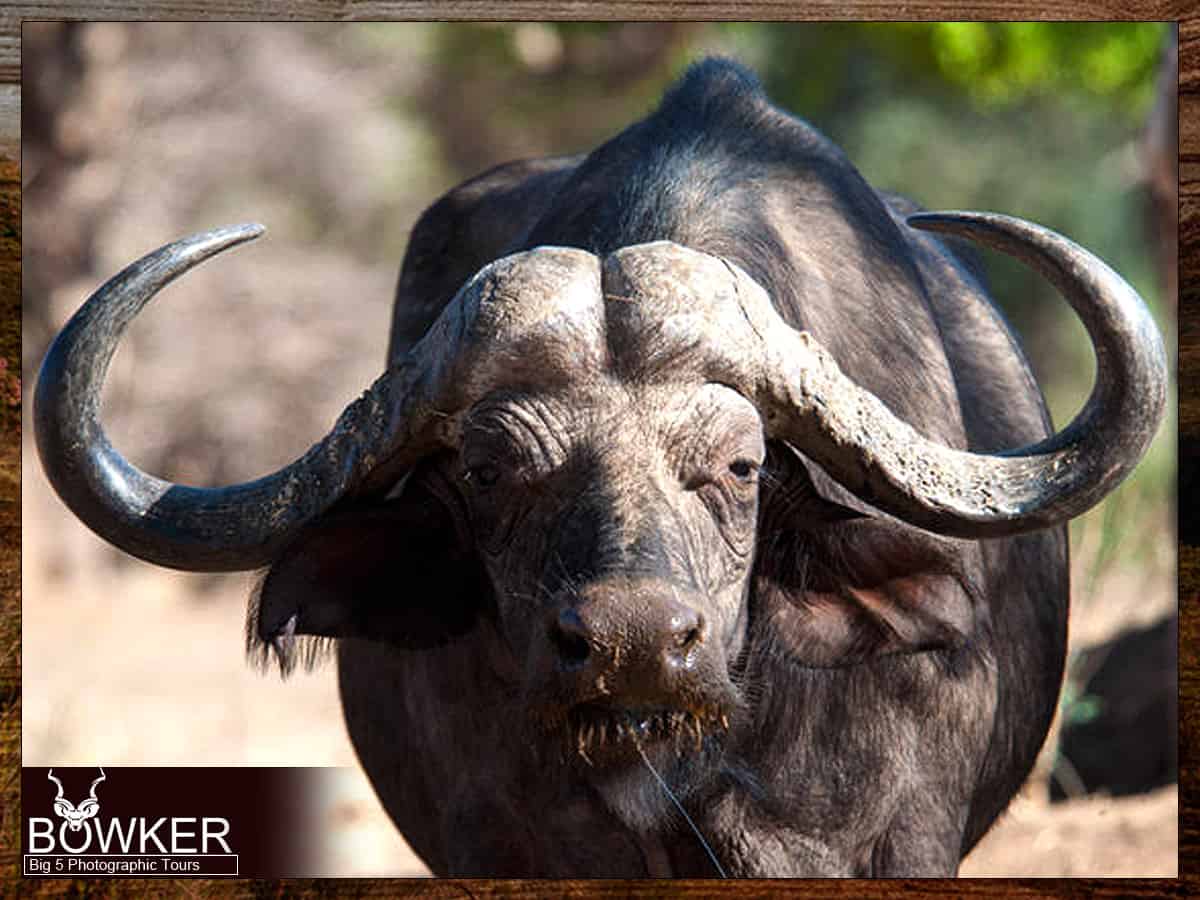
Climate and weather
Mountain Zebra National Park has a climate that is typical of the Eastern Cape region of South Africa. The park experiences warm summers, usually between November and February, with average temperatures ranging from 25°C to 30°C. Winters are generally cool and dry, with temperatures ranging from 5°C to 20°C, and occur between May and August. The months between September and April are the most pleasant in terms of weather, as they are characterized by warmer temperatures and low humidity levels.
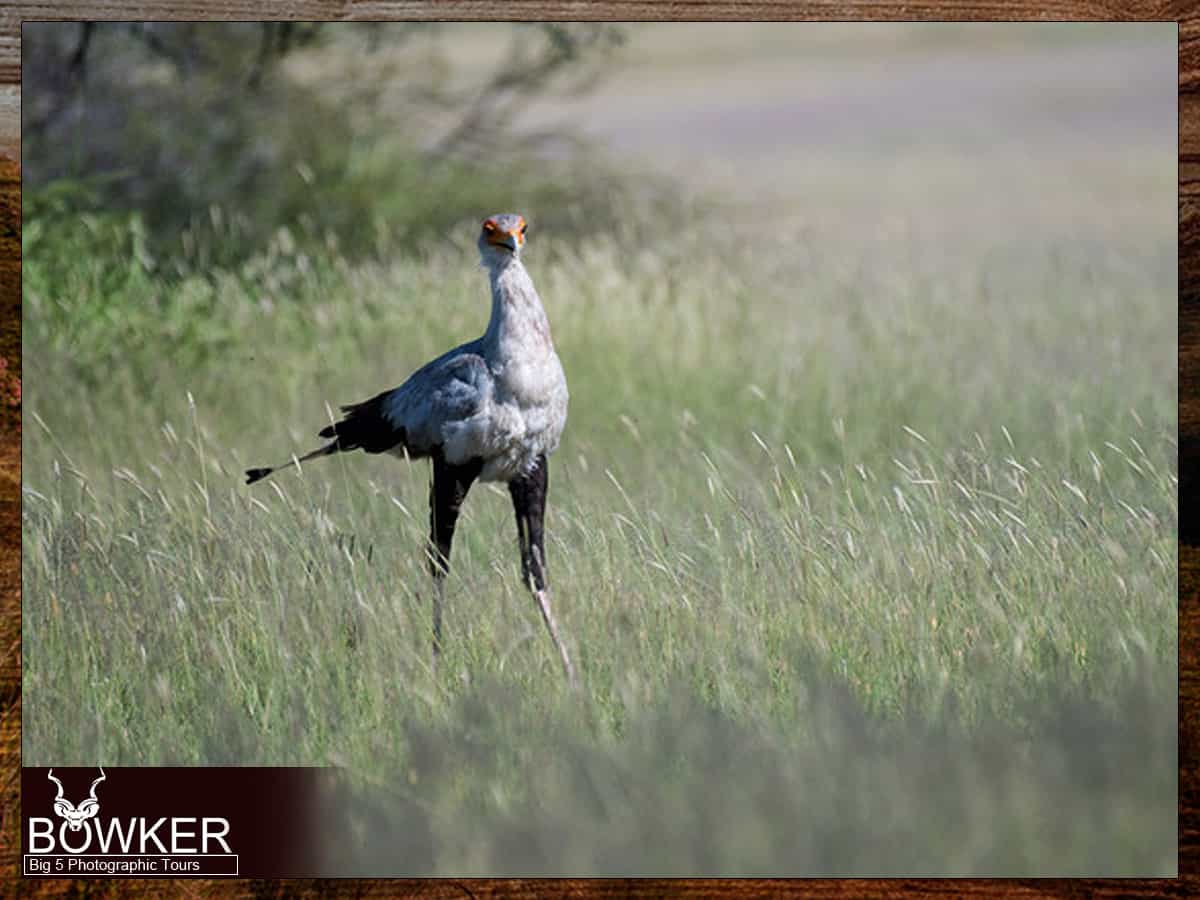
The park receives most of its rainfall between October and March, with an average annual rainfall of around 400mm. This rainfall is essential to the park’s ecosystem, as it helps to sustain the diversity of plant and animal life that call the park home. The park’s landscape becomes lush and vibrant during the rainy season, with greenery all around. This makes it an ideal time for visitors to explore the park’s scenic trails and enjoy its natural beauty.
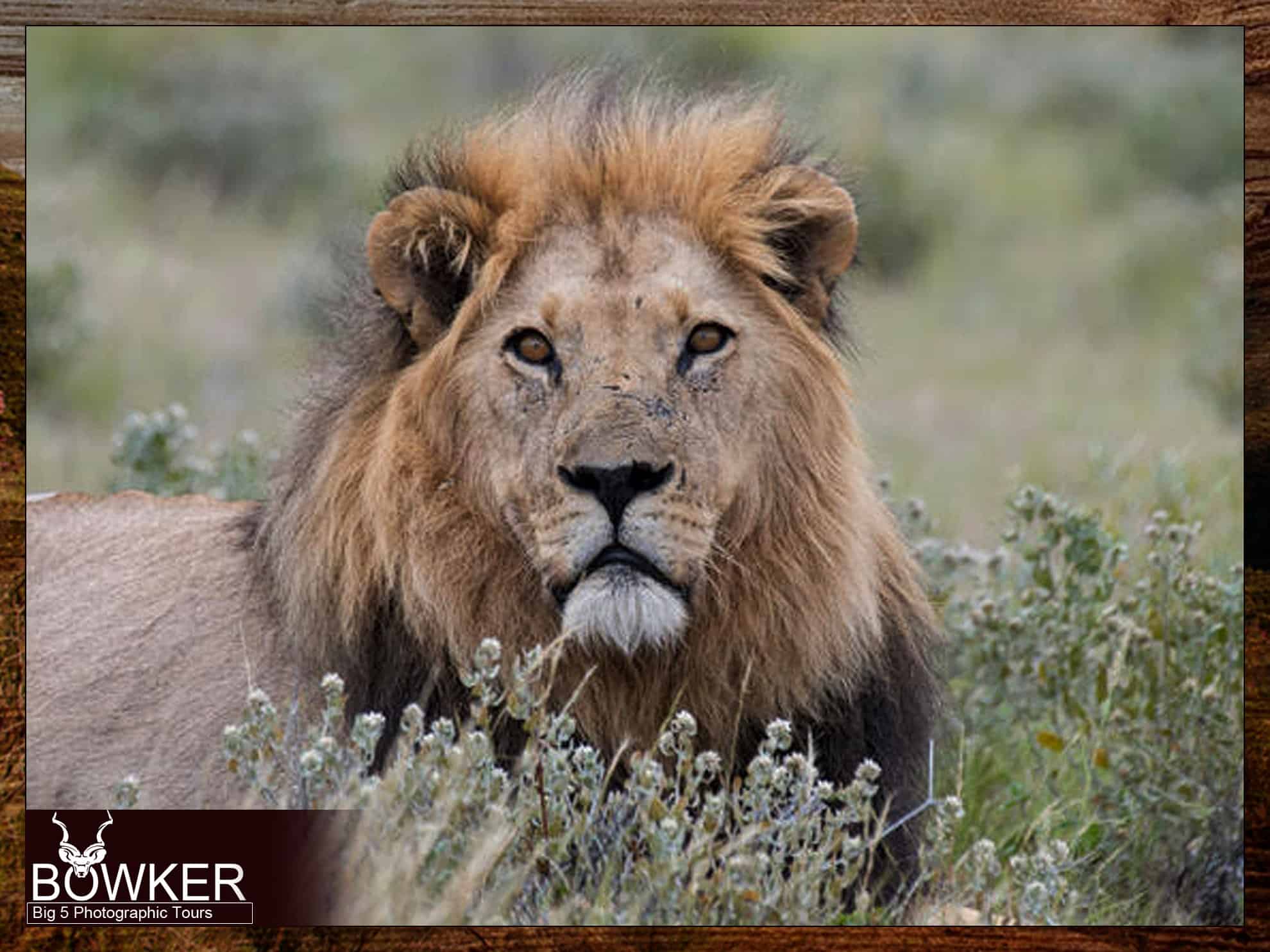
Biodiversity
Iconic wildlife species
Mountain Zebra National Park is renowned for its breathtaking wildlife. The park is home to diverse animals, but the most iconic is the Cape Mountain zebra. This zebra is considered the park’s flagship species with its striking black-and-white stripes and majestic appearance. Visitors can spot these beautiful creatures grazing in the grasslands, often seen in herds.
The park boasts many other iconic wildlife species. One of the most fascinating animals to spot is the lion. Watching these majestic predators roam around the park is unforgettable.
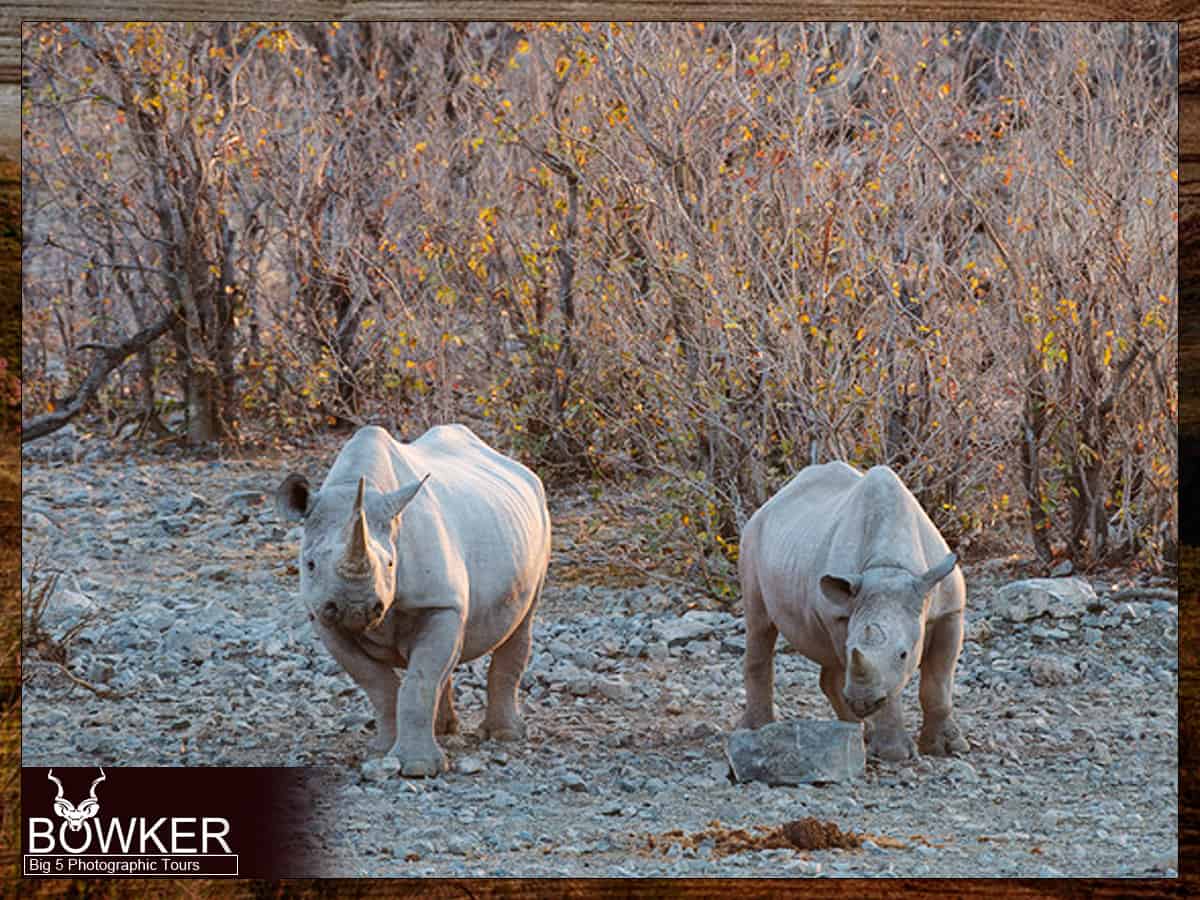
Another iconic species of the park is the black wildebeest. These striking animals can be spotted grazing in the grasslands, and their dark coats make them stand out in the park’s landscape. Watching them move in herds is a mesmerizing experience, and visitors often witness their distinctive mating behavior during the breeding season.
The park’s iconic species, including the Cape Mountain zebra, lions, eland, and black wildebeest, make for an unforgettable experience. Visitors are sure to leave the park with a new appreciation for the beauty and diversity of the animal kingdom.
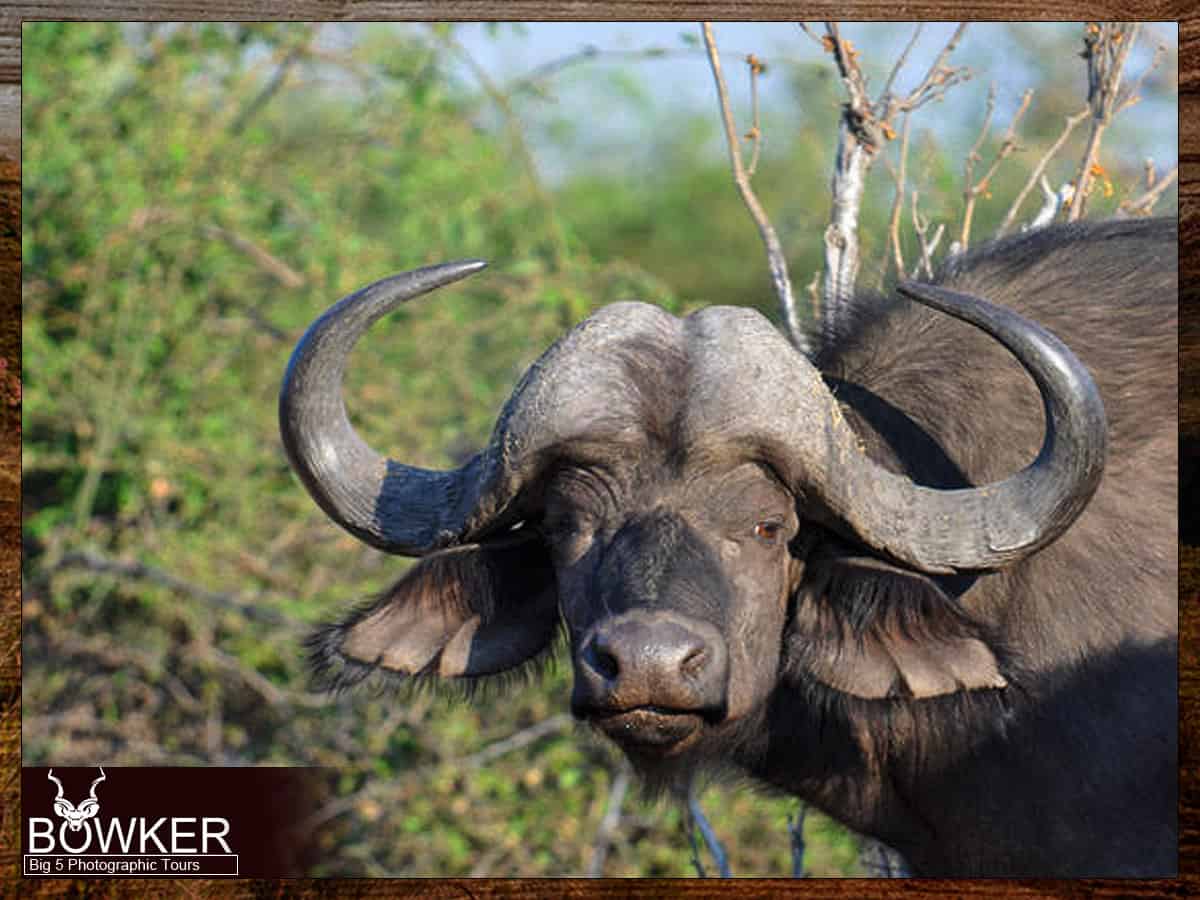
Unique or endangered species
The park was created to protect the endangered Cape Mountain zebra. However, it is not just a sanctuary for that species. It also safeguards the rare and endangered Cape buffalo, cheetah, and the enigmatic aardwolf. These species testify to the park’s commitment to preserving South Africa’s unique biodiversity.
Importance for Conservation
Mountain Zebra National Park is crucial to South Africa’s conservation efforts. The park is home to many plant and animal species. It plays a vital role in preserving the country’s natural heritage.
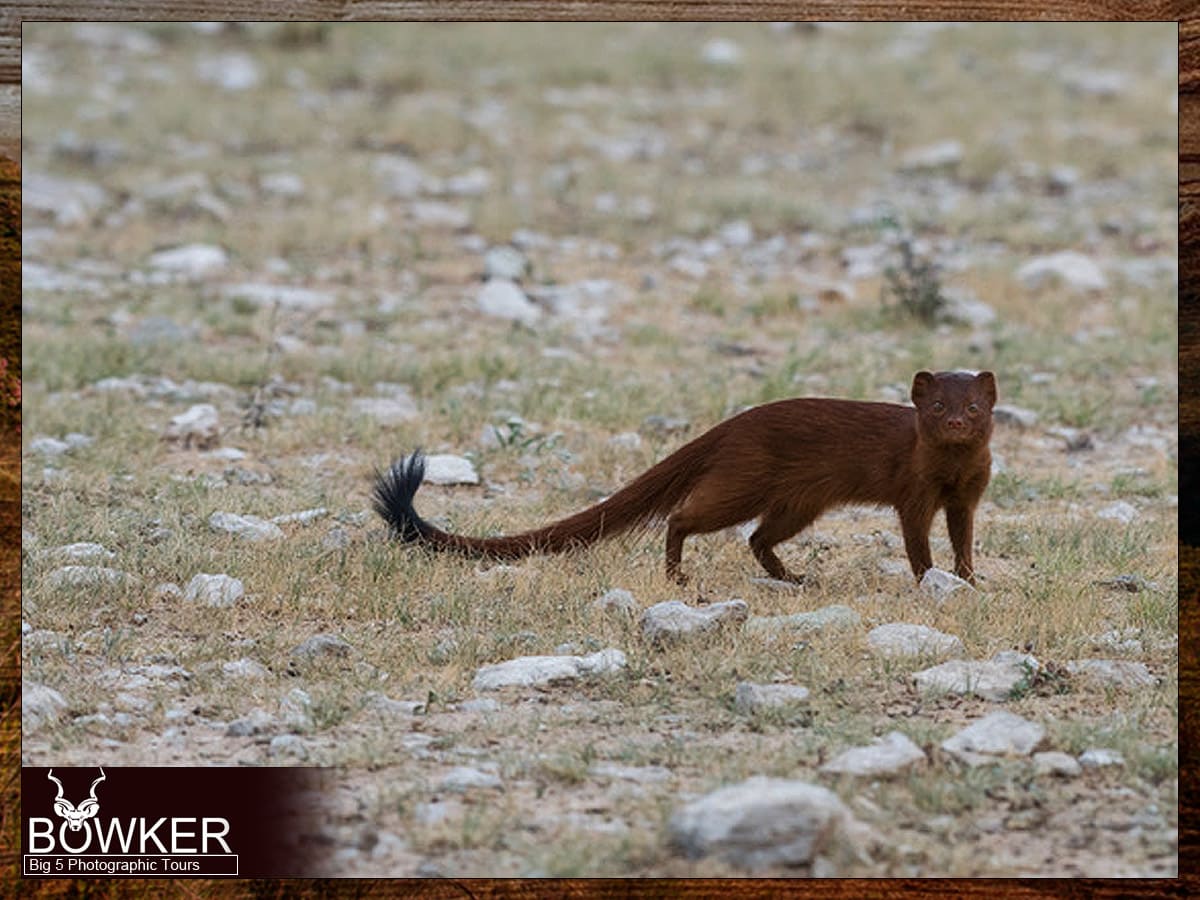
The park contributes to conservation primarily through active conservation programs. These programs focus on protecting and preserving the park’s endangered species, including the Cape Mountain zebra, which is endemic to the region.
The park also plays a vital role in educating the public about the importance of conservation. The park offers a range of educational programs for visitors, including guided tours and talks by park rangers. Through these programs, visitors learn about the importance of conservation, the threats facing the park’s endangered species, and the steps being taken to protect them.
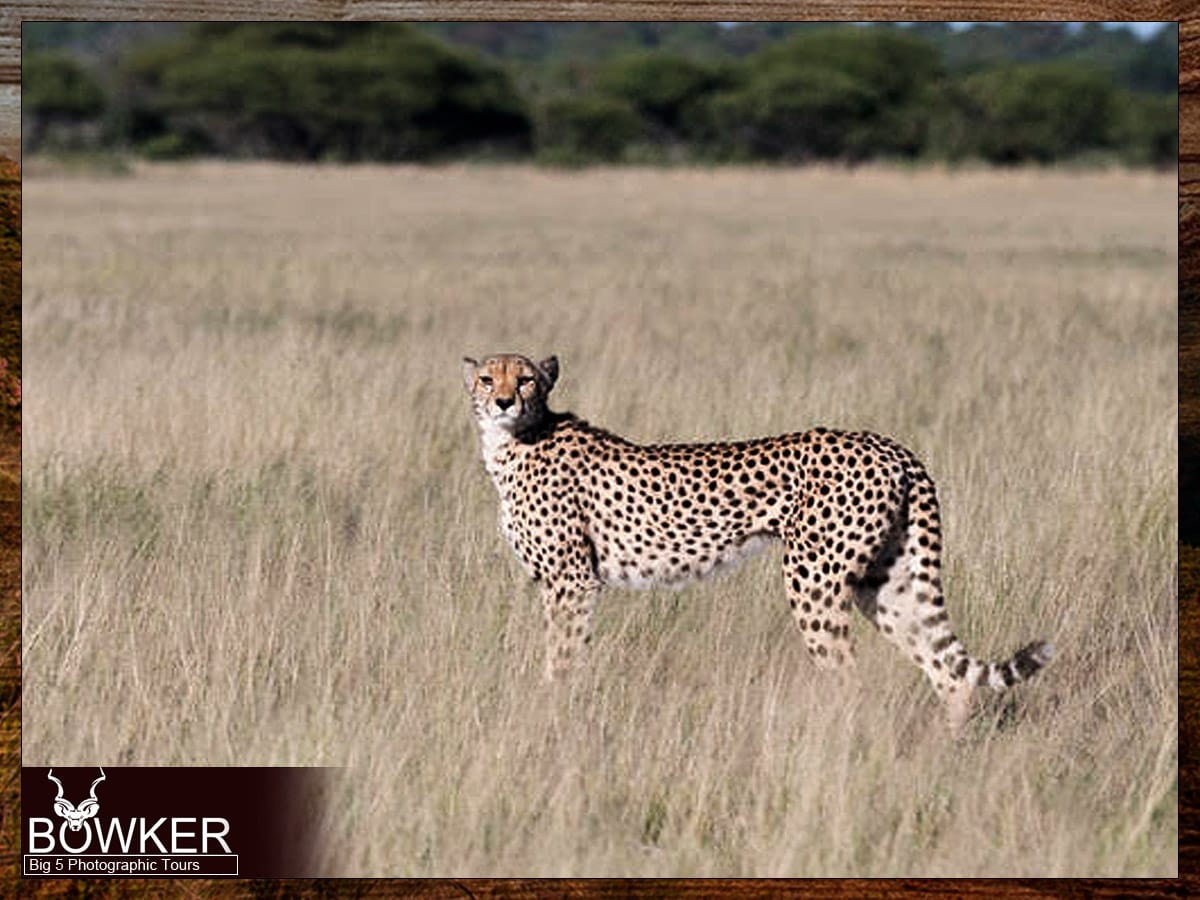
Activities and Attractions
Safari options (self-drive and guided)
Mountain Zebra National Park offers visitors the chance to experience the beautiful landscape and wildlife through several safari options.
Self-Drive Safari
Consider a self-drive safari if you want an exciting and unique way to explore the park. You’ll have the freedom to explore the park at your own pace without relying on anyone else’s schedule.
The park offers rental vehicles and the option to bring your own. Once you have your car, you can follow the designated routes and discover the park’s diverse wildlife and landscapes.
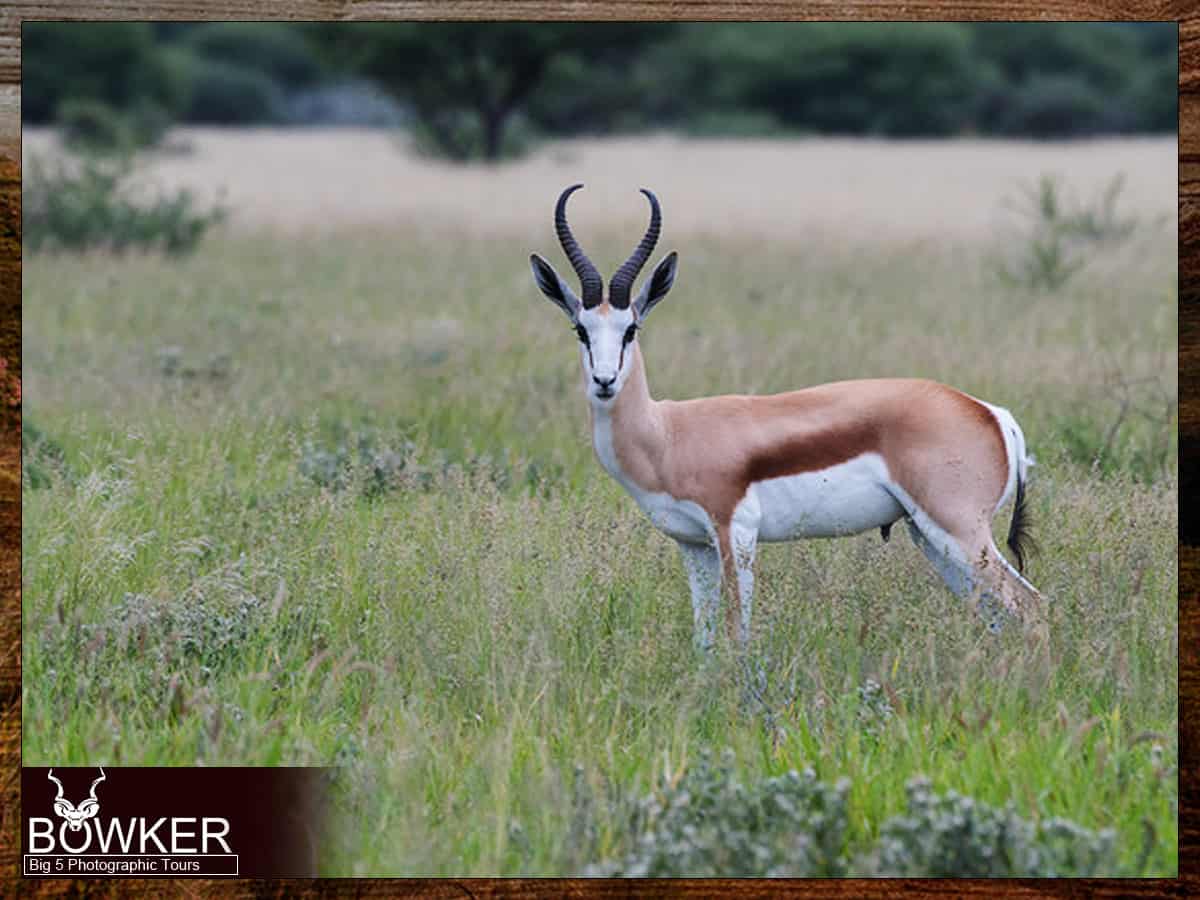
The self-drive safari option is perfect for those who want to experience the park’s natural beauty up close. You’ll have the opportunity to see various animals, including zebras and various antelope species.
Additionally, the park has informative boards along the routes, which provide information on the park’s flora and fauna. So, you can learn more about the park’s unique ecosystem as you drive through it.

Guided Safari
Led by knowledgeable rangers passionate about wildlife conservation, these tours are an excellent way to explore the park’s diverse ecosystems and spot its many wildlife species up close.
You can choose guided tours, including morning, afternoon, and night drives. The morning tour is an excellent option if you want to see the park’s animals when they’re most active, while the afternoon tour is ideal for those who want to enjoy the park’s stunning scenery during the golden hour. Finally, the night drive is a unique experience that lets you see the park’s nocturnal animals, such as aardvarks, bat-eared foxes, and porcupines.
During the tours, the rangers will share their expertise and help you identify the different animals and plants you encounter. They’ll also provide fascinating information about the park’s history, geology, and conservation efforts.
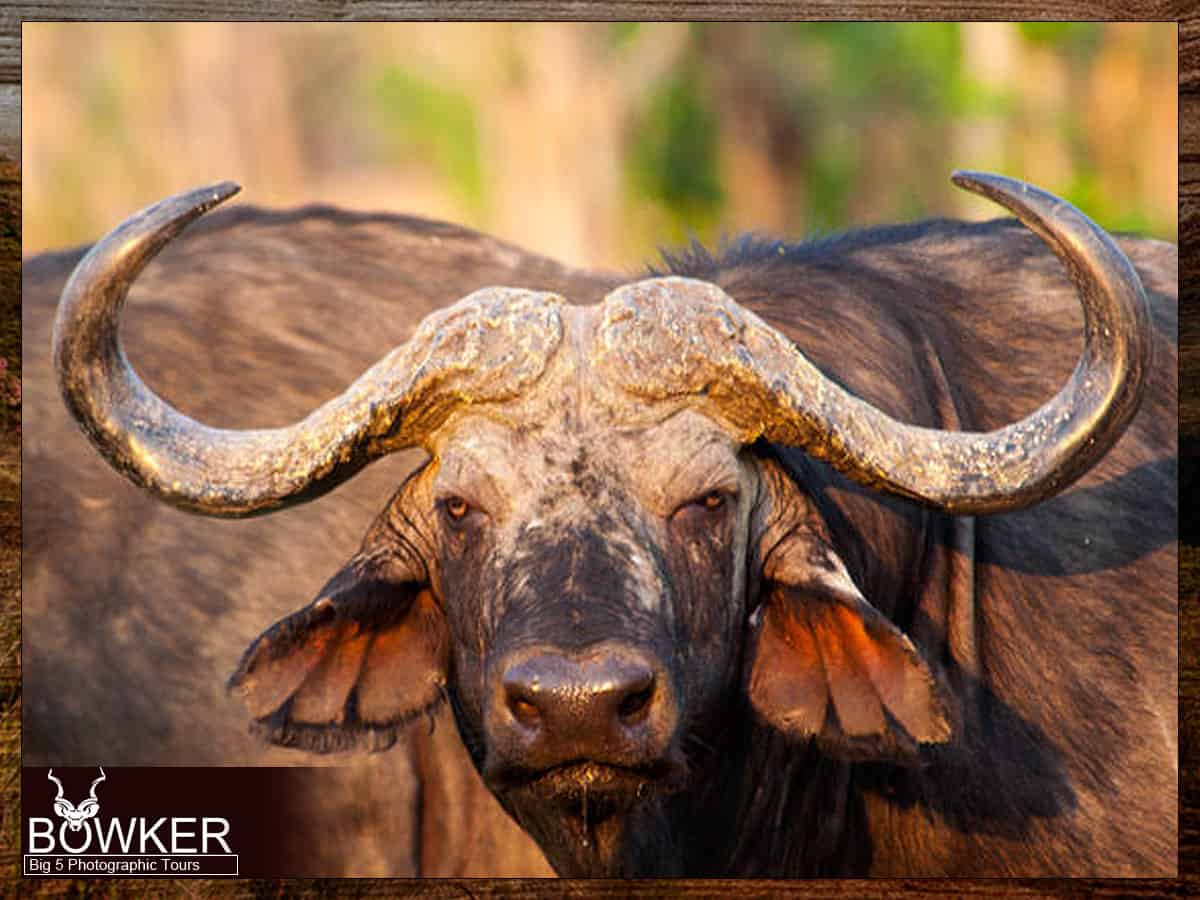
Horseback Safari
The horseback safari is an exciting way to experience Mountain Zebra National Park. You can explore the park’s rugged terrain while riding a horse and enjoy breathtaking views of the wildlife. These guided tours are available for beginners and experienced riders and are led by expert guides. The safari takes you through different landscapes, including valleys, hills, and ridges, giving you a unique perspective on the park’s natural beauty. It’s an unforgettable experience that you won’t want to miss!
Walking Safari
Walking safaris offer a unique opportunity to experience the park from a different perspective. You’ll have the chance to explore the park on foot and get up close to the wildlife in a way that’s impossible from a vehicle.
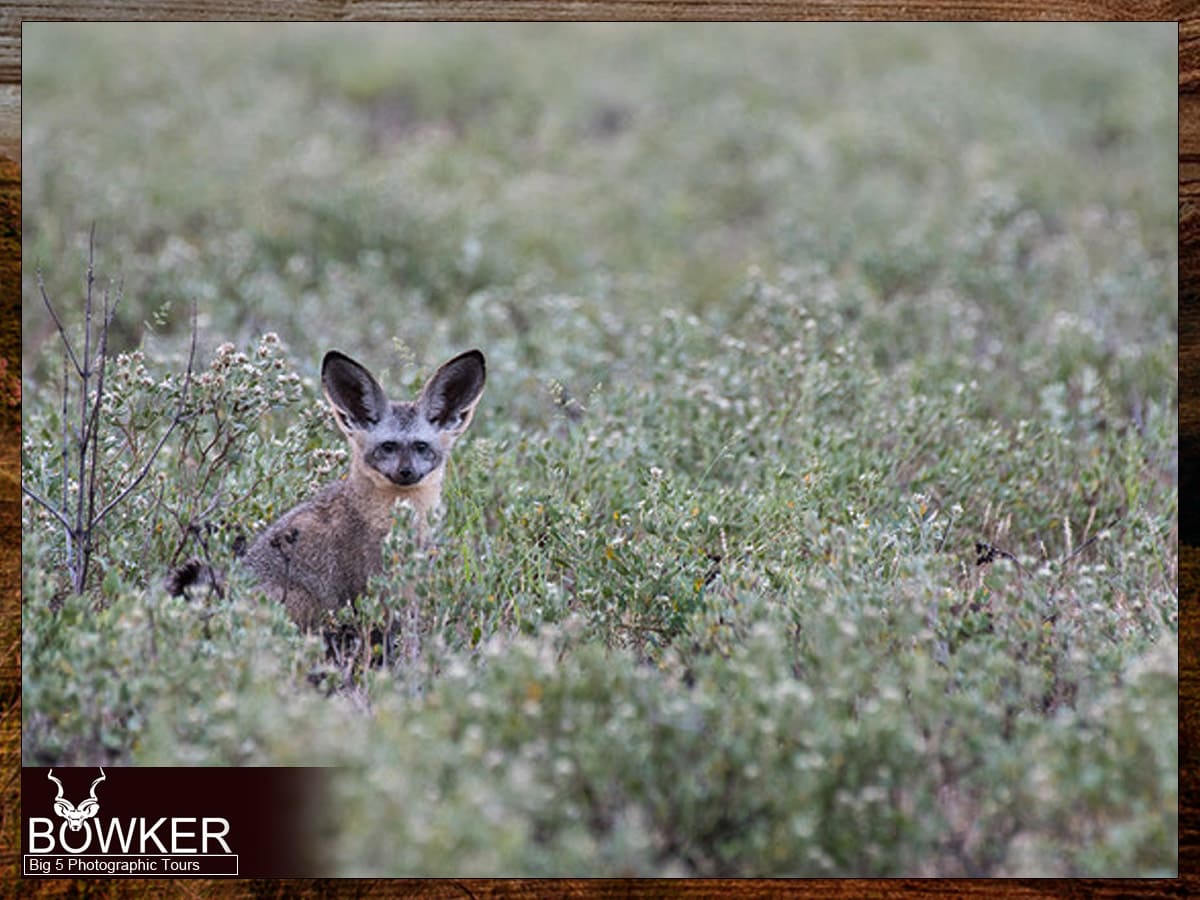
The walking safari tours at Mountain Zebra National Park are led by experienced rangers knowledgeable about the park’s unique biodiversity. They’ll help you discover hidden gems and share fascinating insights about the park’s ecology and wildlife.
Walking safaris are also an excellent way to connect with nature and enjoy the park’s beautiful scenery. You’ll be surrounded by stunning landscapes and have the chance to observe the wildlife in their natural habitat without disturbing their natural behavior.
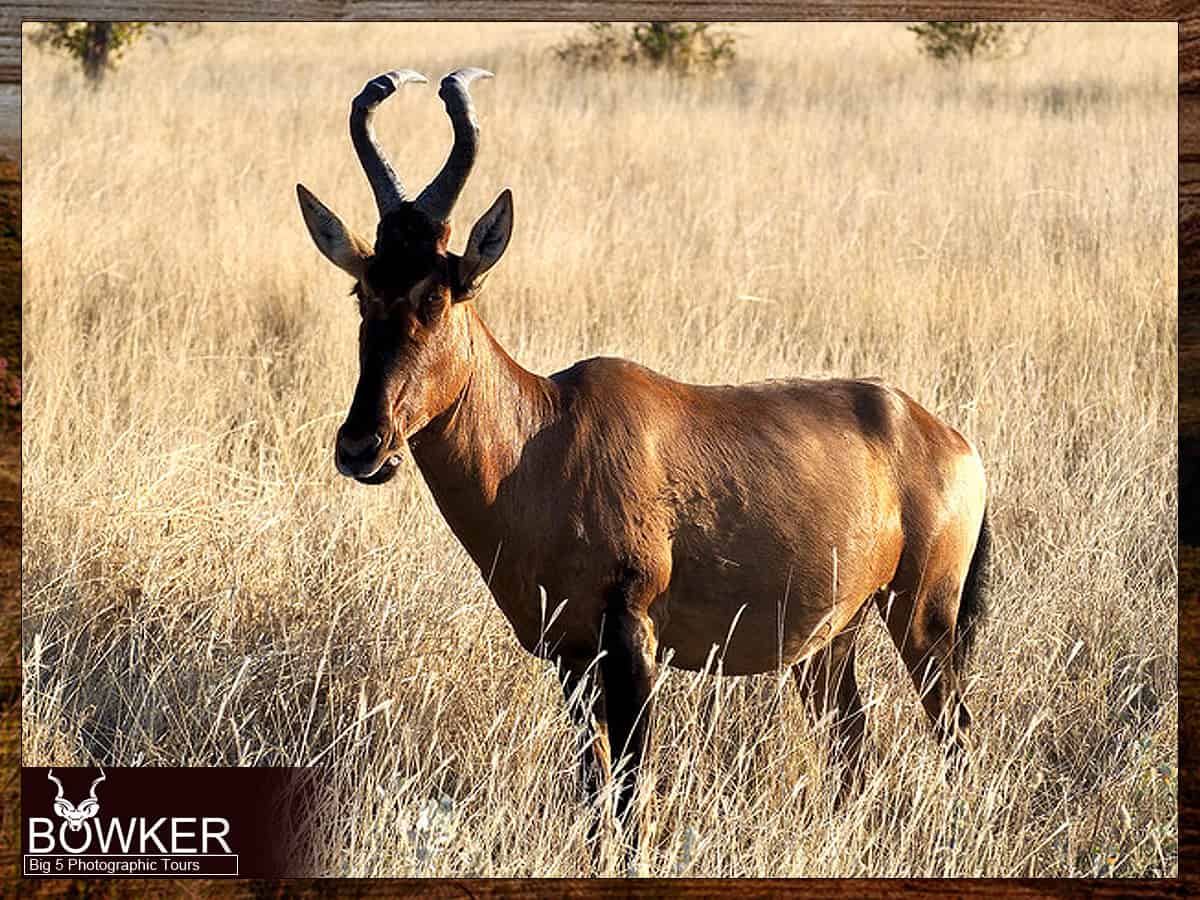
Birdwatching opportunities
The park boasts a rich and diverse birdlife with over 250 species of birds, making it an ideal destination for birdwatching.
The park’s varied habitats, including grassy plains, rocky outcrops, and mountain slopes, provide a perfect haven for birds of all kinds. Visitors can expect to spot some of the rarest and most exotic bird species, such as the Verreaux’s eagle, secretary bird, and black eagle, to mention a few. These majestic birds can be easily observed soaring high in the sky or perched on the rocky crags.
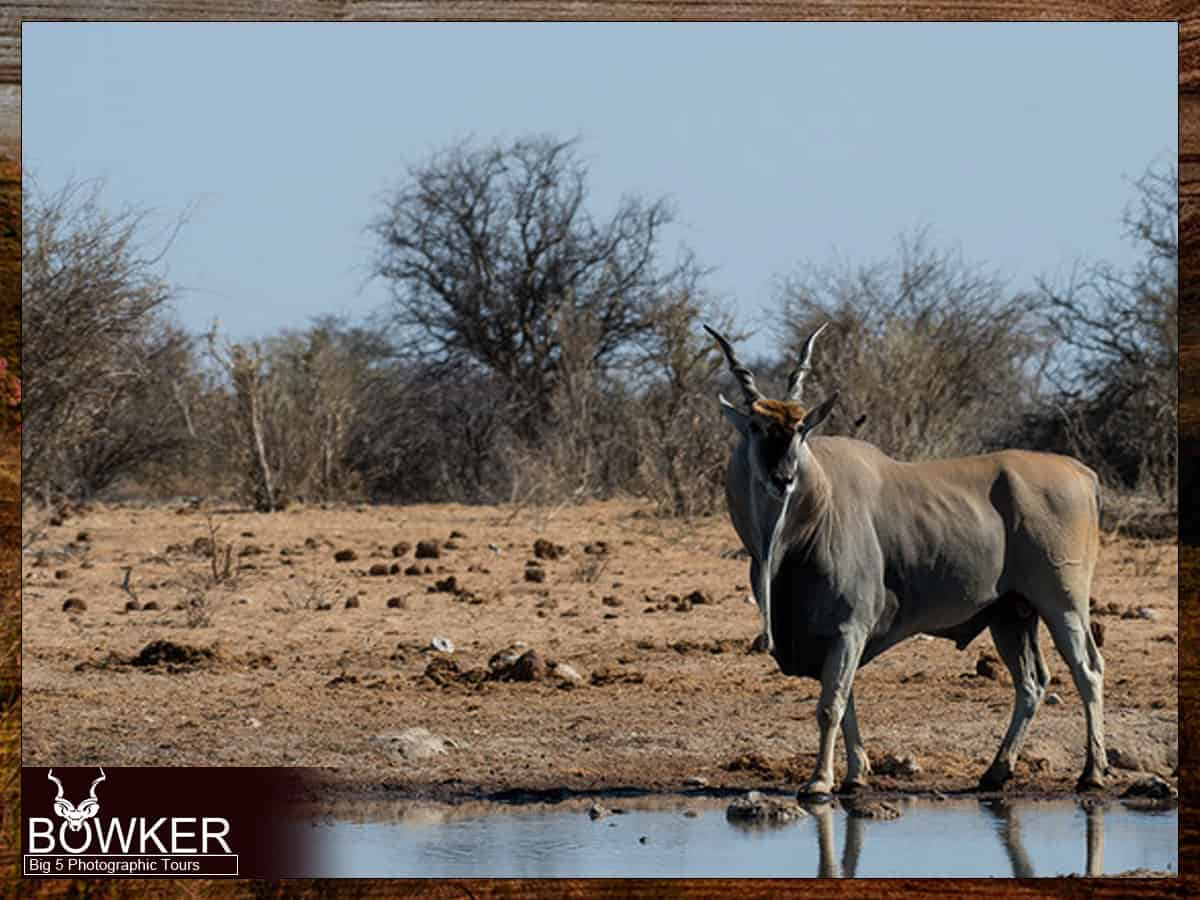
Mountain Zebra National Park is also home to various colorful bee-eaters, including the carmine bee-eater and the white-fronted bee-eater, which can be seen darting from tree to tree in search of insects. Visitors can spot the park’s national bird, the blue crane, a symbol of good fortune and prosperity.
Birdwatchers can explore the park on foot or by car, stopping at various lookout points to observe the birds and their behaviors. Guided birdwatching tours are also available.
Mountain Zebra National Park is a paradise for birdwatching enthusiasts. The park’s diverse habitats and rich birdlife make it an ideal destination for an unforgettable birdwatching experience.
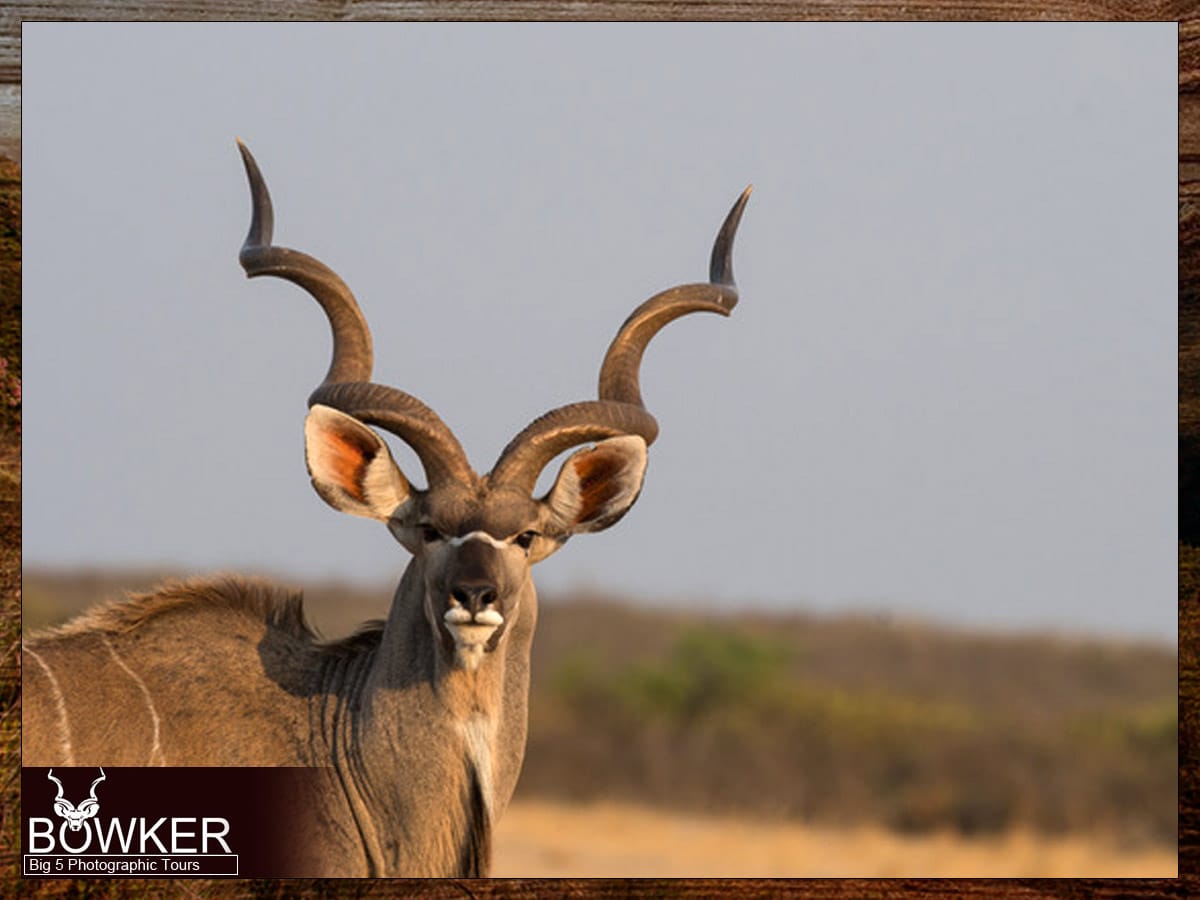
Hiking trails
A network of hiking trails winds through the park’s wild landscapes, offering a unique opportunity to experience the beauty of nature up close. Whether you are a seasoned hiker or a beginner, there is a trail that will suit your needs and fitness level.
The Camdeboo and Kranskop trails are two of the park’s most popular hiking trails. The Camdeboo trail is a 4-kilometer circular route that starts and ends at the reception area. It passes through the park’s beautiful grasslands and rocky outcrops, offering stunning vistas of the surrounding mountains and valleys. The trail is difficult, with some steep ascents and descents, but the views are worth the effort.
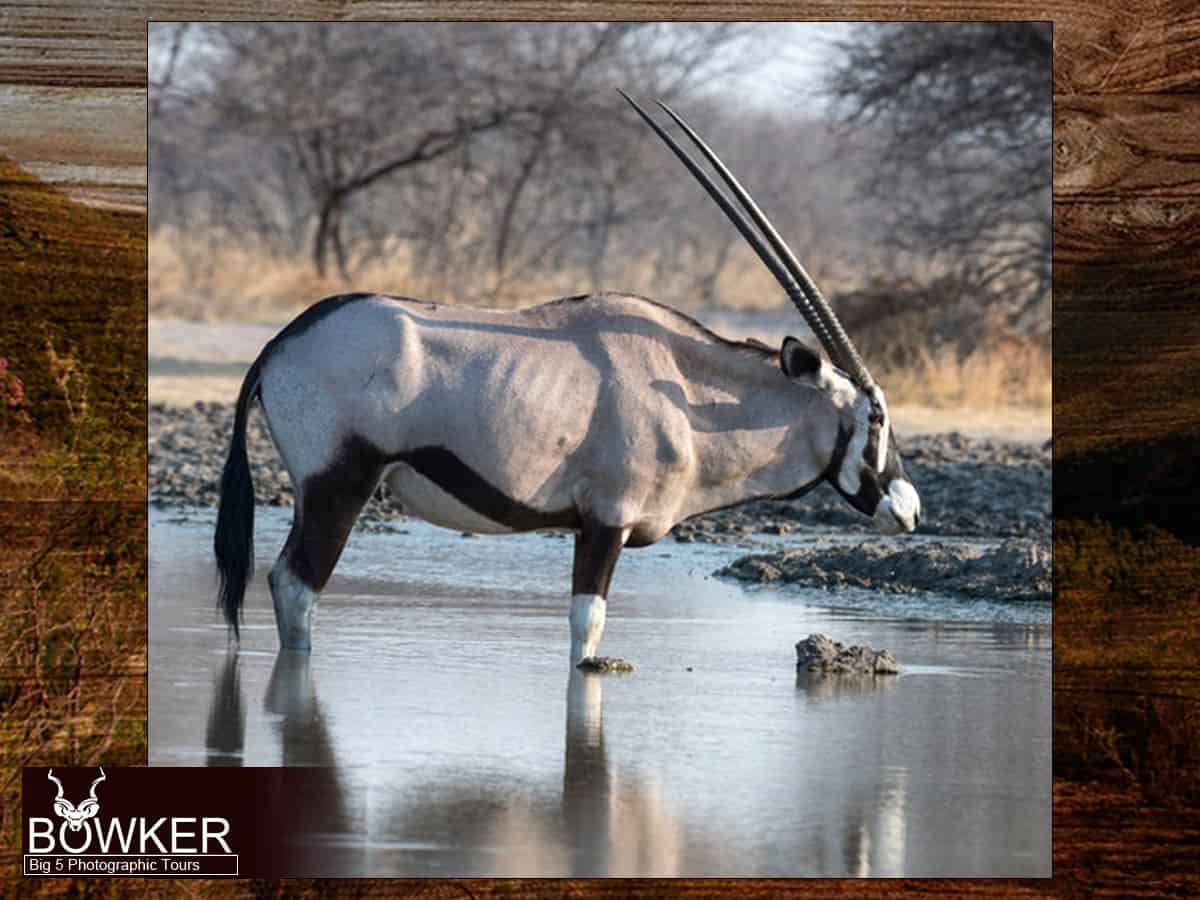
The Kranskop trail is a more challenging hike that rewards hikers with some of the most breathtaking views in the park. This 13-kilometer trail takes hikers to the summit of Kranskop Mountain, which offers panoramic views of the park and the surrounding areas. Along the way, hikers will pass through dense thickets, rocky terrain, and grasslands, encountering a variety of plant and animal life. The trail is strenuous and requires a good level of fitness, but the sense of accomplishment when hikers reach the summit is exhilarating.

In addition to these two trails, several other hiking routes in the park offer different experiences. The Rooiplaat Loop trail is a 2-kilometer route that takes you through a thicket of red grass. The Wildebeest loop trail is a 5-kilometer route that offers excellent game viewing opportunities. The Caracal trail is a short but challenging route that takes you to the top of a rocky outcrop, from where you can enjoy stunning views of the park.

The hiking trails are a must-do for anyone who loves nature and the great outdoors. So, put on your hiking boots, grab your backpack, and get ready to explore the wilderness of Mountain Zebra National Park!
Game drives
These drives, led by experienced and knowledgeable guides, provide a unique opportunity to see some of the park’s iconic species in their natural habitats up close and personal.
One of the park’s main attractions is the Cape Mountain Zebra, a rare and endangered species that can only be found in this region. The game drives offer the best chance to spot these magnificent animals as they graze on the grassy plains or navigate the rocky slopes of the mountains.
Guides are experts at tracking all of Mountain Zebra’s wildlife. They will share their knowledge of the park’s ecosystems, including the plants and animals that comprise this unique ecosystem.
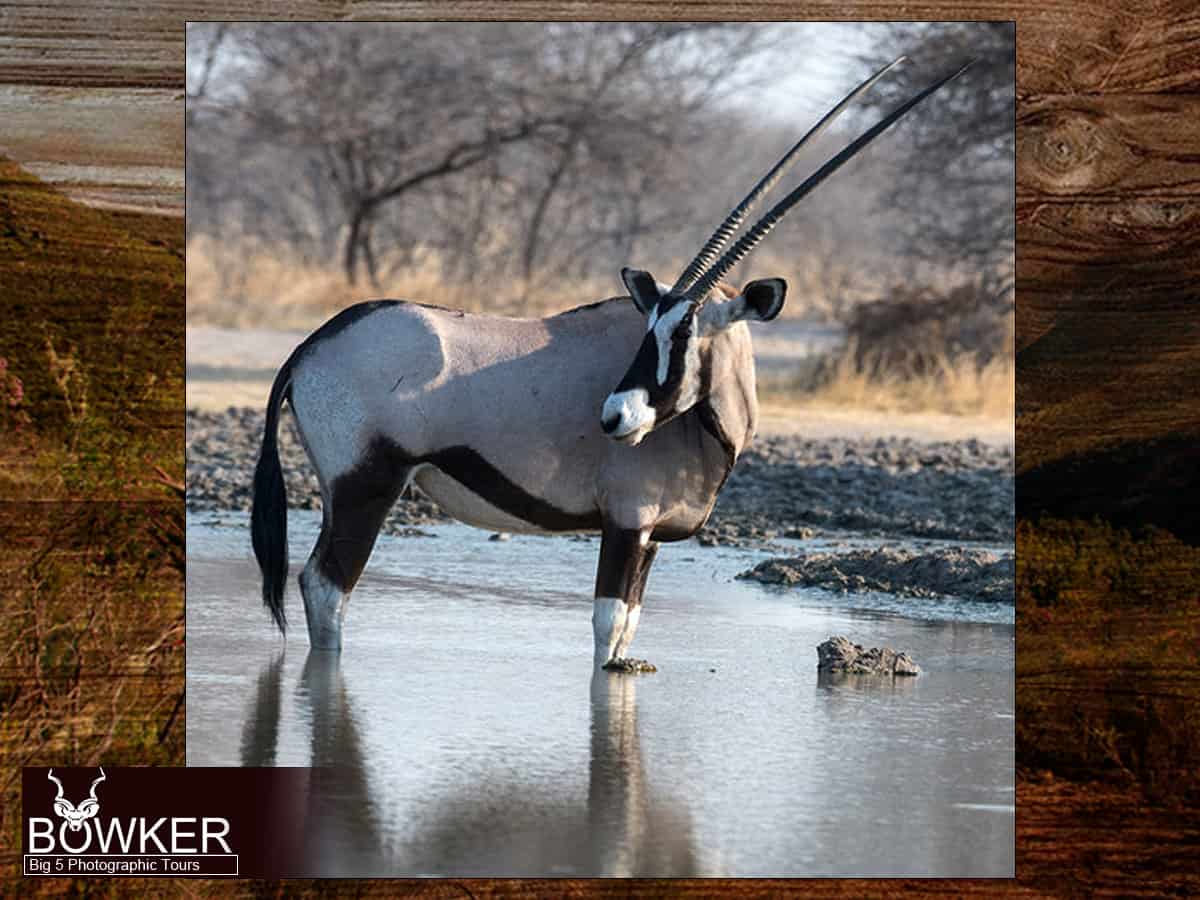
The game drives are not only informative but also provide a thrilling adventure. The rugged terrain and breathtaking landscapes create an unforgettable experience, with every drive offering something new and exciting.
Game drives are a must-do activity that will leave you with unforgettable memories of South Africa’s natural beauty.
Picnic spots and viewpoints
There are many scenic picnic spots and viewpoints, perfect for a relaxing break. The park has numerous picnic areas with tables, benches, and braai facilities, ideal for a family outing or a romantic picnic.
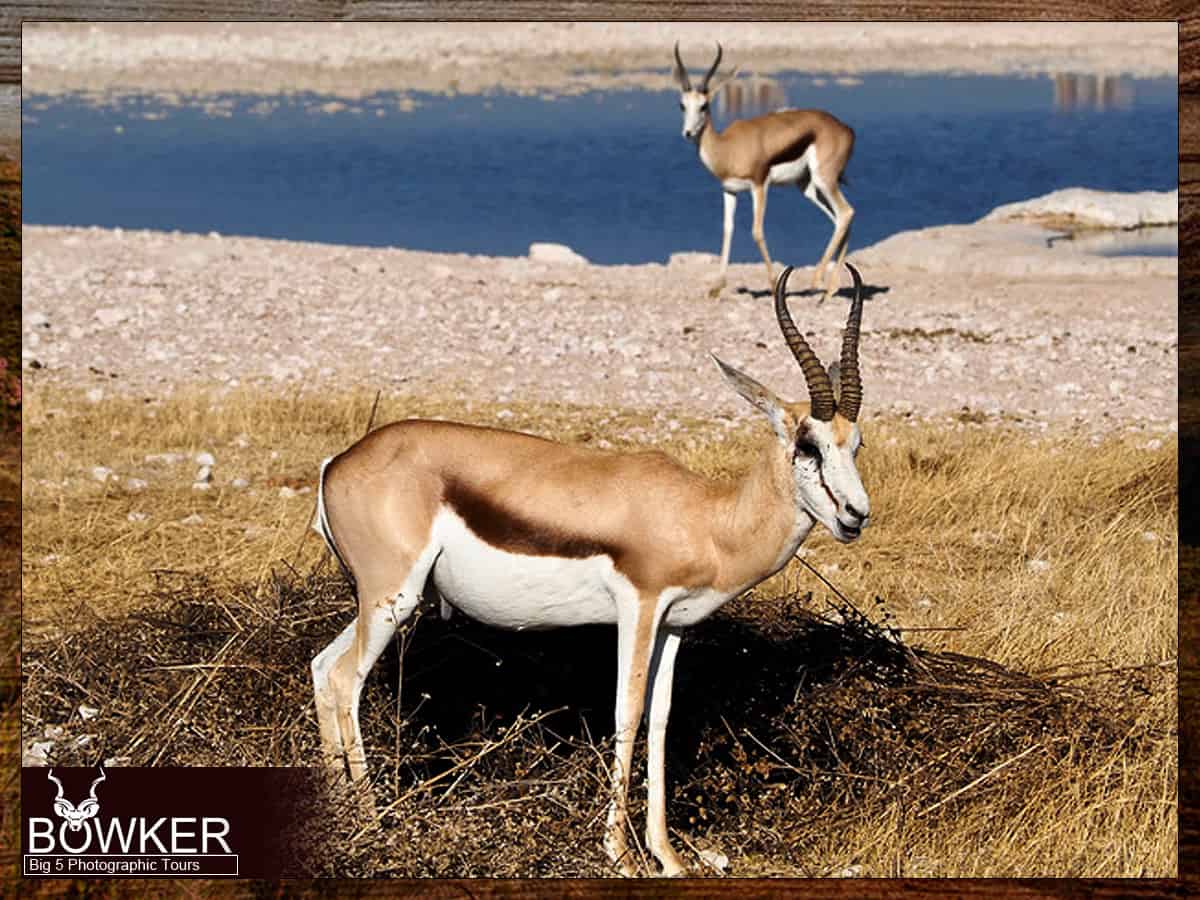
One of the most popular picnic spots in the park is the Rooiplaat picnic area. Located on the banks of the Rooiplaat Dam, this picturesque spot offers stunning views of the surrounding mountains and grasslands. Visitors can enjoy a picnic lunch while watching the abundant birdlife that frequents the dam. Another popular spot is the Glen Reenen picnic area, which is located near the park entrance. This is a great place to stop and stretch your legs after a long drive and take in the park’s stunning views.
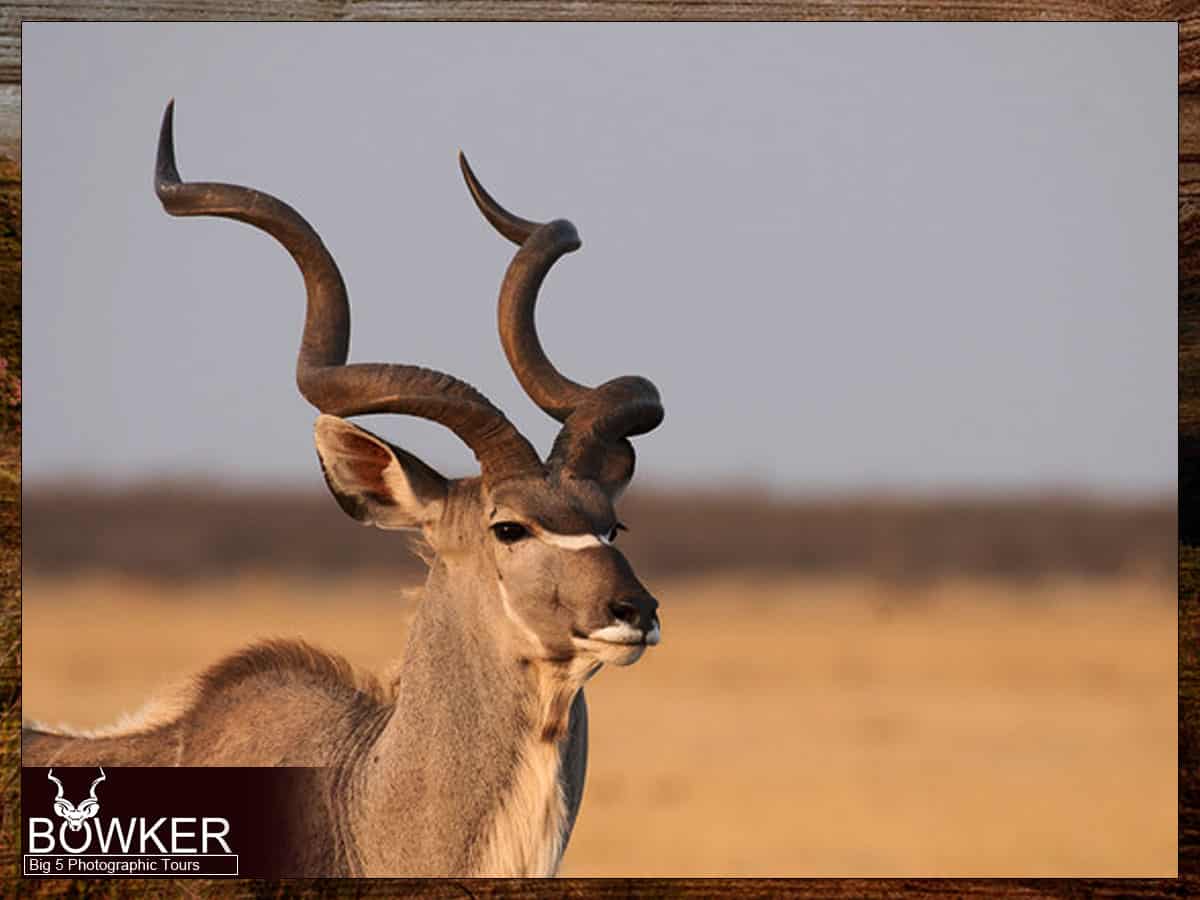
For those who want to get closer to nature, the park offers several secluded picnic sites only accessible by foot. These spots are perfect for those who want to escape the crowds and enjoy a peaceful meal in a tranquil setting. One such spot is the Kranskop picnic site, located on a rocky outcrop high above the plains. From here, visitors can enjoy panoramic views of the park and watch as antelope graze in the distance.
In addition to the picnic areas, the park also boasts several viewpoints that offer stunning vistas of the park. Rooiplaat viewpoint offers breathtaking views of the surrounding mountains and valleys. Another popular viewpoint is the Kranskop, which provides visitors with a bird’s eye view of the park and the surrounding landscape.
Historical and cultural sites
The park also has its fair share of history and culture. Visit the historic Overval Guest House, a site that harkens back to the park’s early days, or engage with local communities to learn more about the region’s rich cultural heritage.

Best Time to Visit
The ideal time to visit Mountain Zebra National Park is during the winter months, which fall between May and September. During these months, the park is relatively dry, and the weather is mild, making it perfect for outdoor activities. The temperatures are also cooler, making it easier to explore the park without feeling uncomfortable.
The winter months are also the best time to see wildlife in the park, as the animals tend to gather around the waterholes. This makes it easier to spot a wide variety of animals. Visitors can also enjoy birdwatching, as many migratory bird species flock to the park during the winter.

Spring, which falls between September and November, is another excellent time to visit the park. The park is alive with colorful wildflowers during this time. The mild temperatures make it a pleasant time for hiking and other outdoor activities.
Summer, which runs from December to February, is the peak season for visitors to Mountain Zebra National Park. The park is lush and green, and the wildlife is active during this time. However, the temperatures can be quite hot, and the park can get crowded, making it harder to enjoy its natural beauty.

Autumn, which occurs between March and May, is also an excellent time to visit the park. The weather is cooler then, and the park is less crowded than in the summer. The foliage also changes color, creating a beautiful landscape perfect for photography.
Regardless of the time of year, the park’s natural beauty and unique biodiversity make it a destination worth visiting.
Local Communities and Culture
Mountain Zebra National Park is located in the Eastern Cape region of South Africa, where several local communities reside. The area surrounding the park is home to many communities that have a rich history and culture. Visitors to the park can interact with local communities and learn about their way of life and traditions.
The local communities around the park have a deep connection to the land and its wildlife. Many rely on natural resources, such as grazing lands and water sources, for their livelihoods. The park management recognizes the importance of working with these communities to promote conservation efforts and meet their needs.
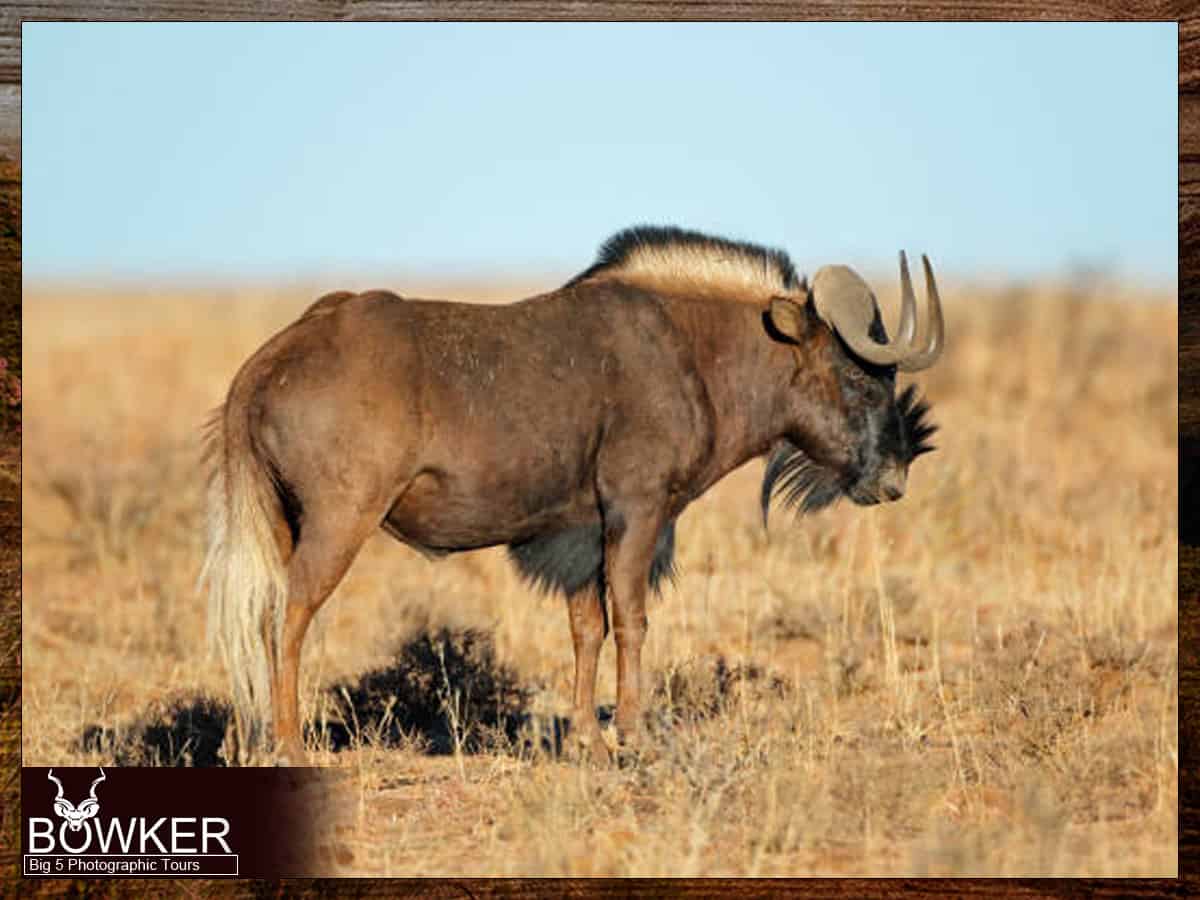
One way the park collaborates with local communities is through eco-tourism initiatives. These initiatives provide employment opportunities for local communities, such as guiding and hospitality services. By promoting eco-tourism, the park can support local economies and reduce the impact of human activity on the environment.
Visitors to the park can also participate in cultural experiences, such as visiting local villages and learning about traditional practices, such as beadwork and pottery. These experiences give visitors a deep understanding of the local culture and way of life.
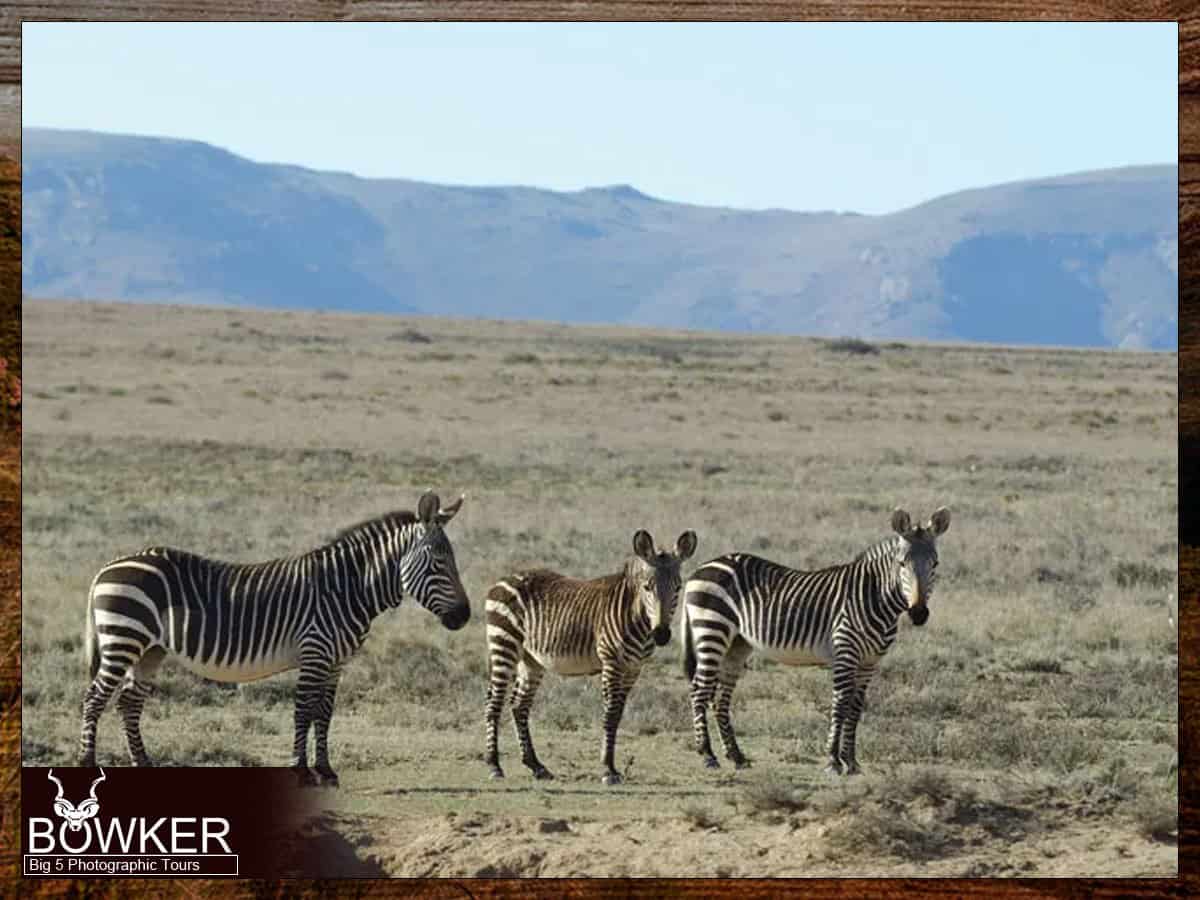
Moreover, visitors can also taste the local cuisine, including traditional dishes like potjiekos, braaivleis, and bobotie. The local markets are a great place to buy handmade crafts and souvenirs while supporting the local economy.
The local communities and cultures in and around Mountain Zebra National Park offer visitors a unique and enriching experience. By promoting sustainable tourism and supporting local communities, the park management is helping to protect the environment and preserve the area’s rich cultural heritage.
Tips for Photographers
There are endless opportunities to capture breathtaking moments in nature. However, photographing wildlife can be challenging. The right skills and equipment are essential to getting the most out of your experience. Here are some tips for photographers to help you capture the perfect shot.
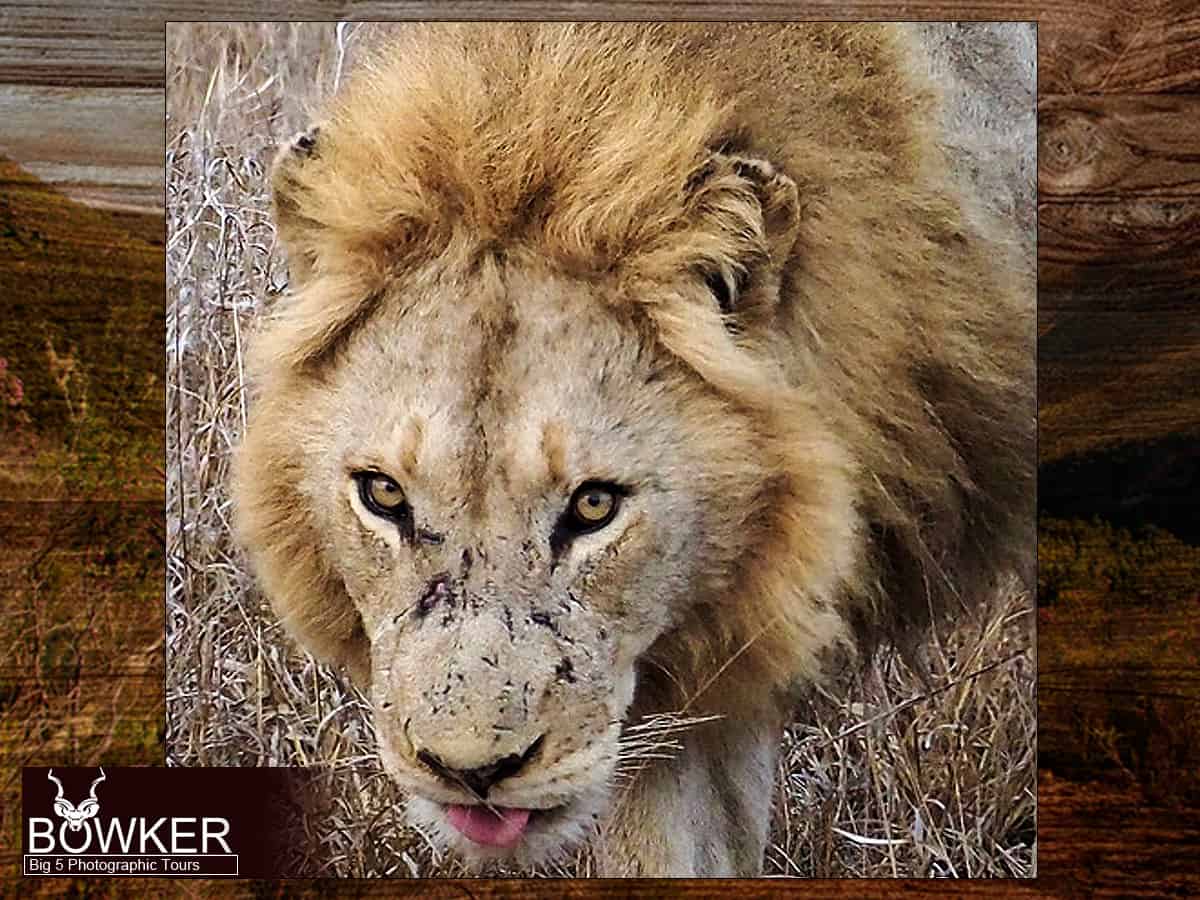
Timing is everything
The best times to photograph wildlife are early morning and late afternoon when the light is soft and golden. The animals are most active during these hours, and you’ll have a better chance of capturing them in action.
Use the right equipment
A telephoto lens is a must-have for wildlife photography, as it lets you get close to the animals without disturbing them. A sturdy tripod will also come in handy, especially in low-light conditions.
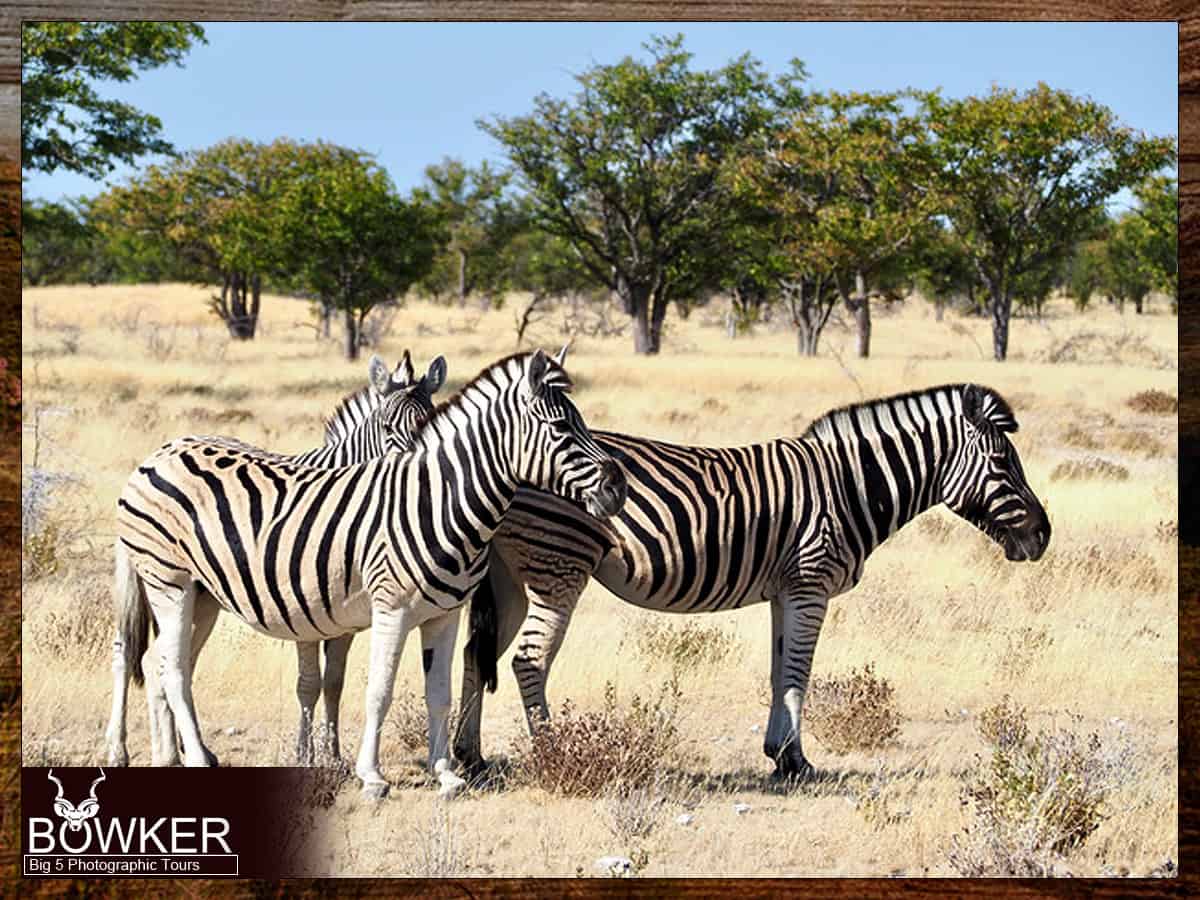
Be patient and observant
Wildlife photography requires patience and observation. Spend time observing the animals to understand their behavior, and be prepared to wait for the perfect shot.
Pay attention to composition
Composition is key in photography, and paying attention to the elements in your frame is essential. Look for interesting foregrounds, leading lines, and natural frames to enhance your photos.
Experiment with different angles
Feel free to experiment with different angles and perspectives. Get down low to capture eye-level shots of the animals, or shoot from above to showcase the landscape.

Capture the details
Wildlife photography is not just about capturing the animals’ entire body but also their unique features and details. Zoom in on their eyes, fur, and feathers to capture the textures and patterns.
Be respectful of the animals
Respect for the animals and their habitat is essential. Keep a safe distance from them and never approach too closely. Remember that you are a guest in their home, and it’s your responsibility to ensure you don’t disturb them.
These tips for photographers will help you capture stunning photos you’ll treasure for a lifetime. Remember to be patient, observant, and respectful, and you’ll be rewarded with unforgettable moments in nature.
Conclusion
In conclusion, Mountain Zebra National Park is a remarkable destination that offers a unique and unforgettable experience for anyone looking to immerse themselves in nature. With its breathtaking landscapes, diverse ecosystem, and rare species, it is a true natural wonderland that should be on every traveler’s bucket list. Whether you’re a wildlife enthusiast, a nature lover, or an adrenaline junkie, there is something for everyone at this stunning national park. So, plan your visit today and get ready to experience the beauty and magic of Mountain Zebra National Park!
Additional Resources
Plenty of resources are available to help you explore and discover all that Mountain Zebra National Park has to offer. Here are some of the best books and websites to check out:
Books to Read
“Mountains of the Cape: A Guide to the Mountains of the Cape Peninsula” by Ian Gordon.
“A Field Guide to the Mammals of Southern Africa” by Chris and Tilde Stuart.
“Birds of Southern Africa” by Ian Sinclair, Phil Hockey, and Warwick Tarboton.
Websites to Visit
The Cape Mountain Zebra Trust:
Be Part of the Adventure
Your experiences and insights are invaluable; we encourage you to share them with the world. Join the conversation on social media using the hashtag #mountainzebranationalpark and tell others about your adventures in this remarkable wilderness. By sharing your stories, tips, and questions, you can inspire fellow travelers to embark on their own unforgettable journeys to Mountain Zebra National Park.
